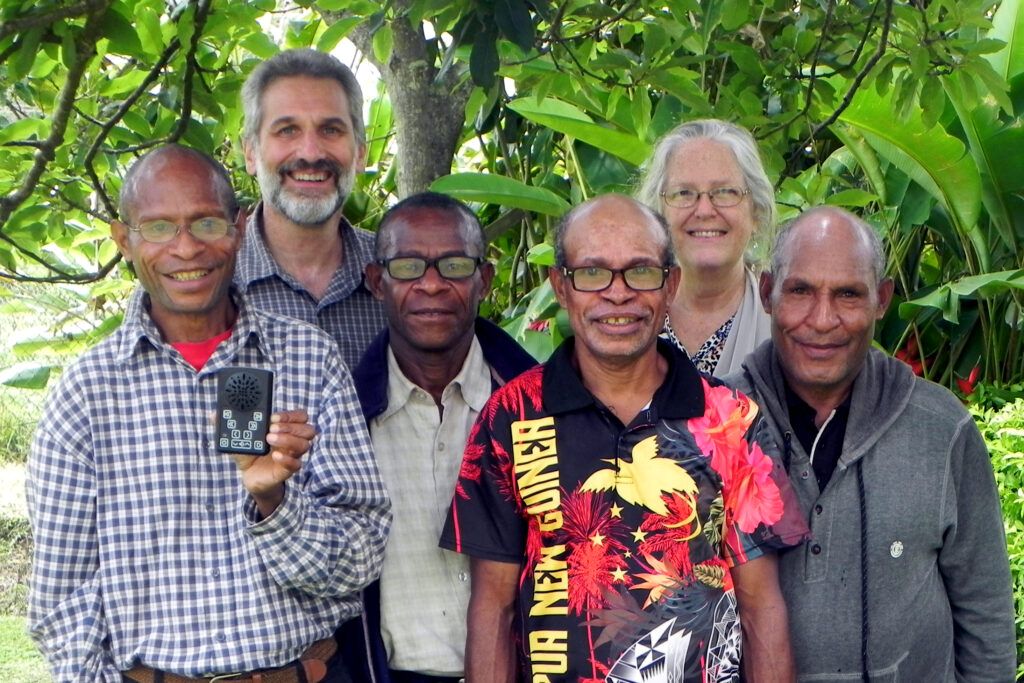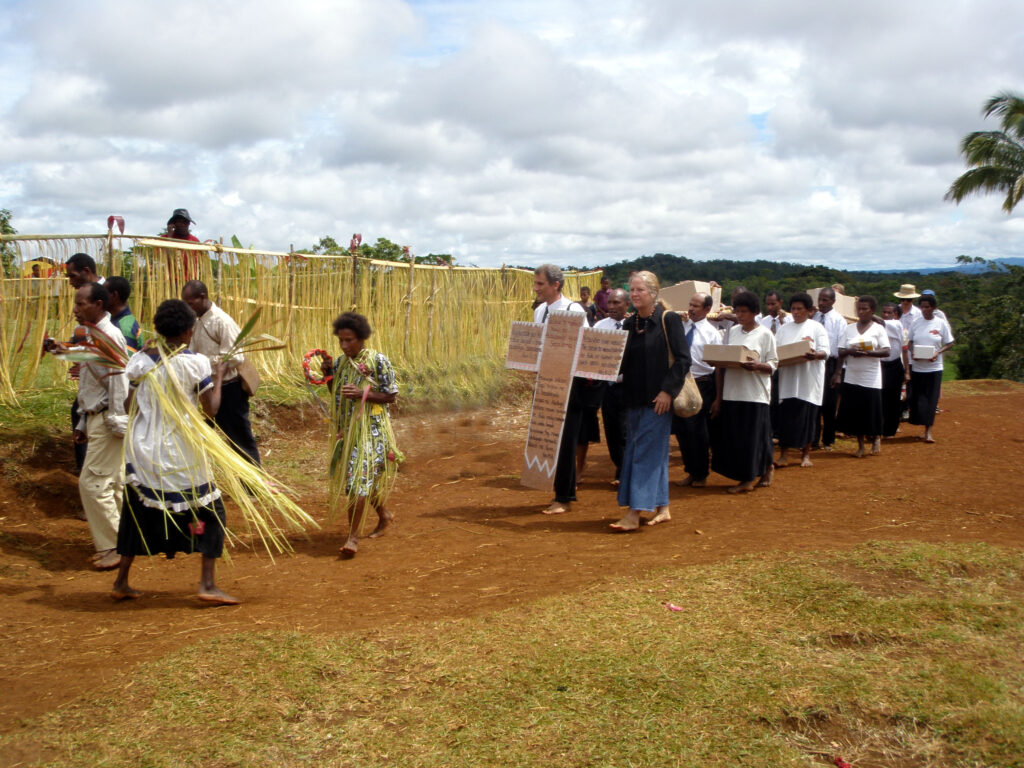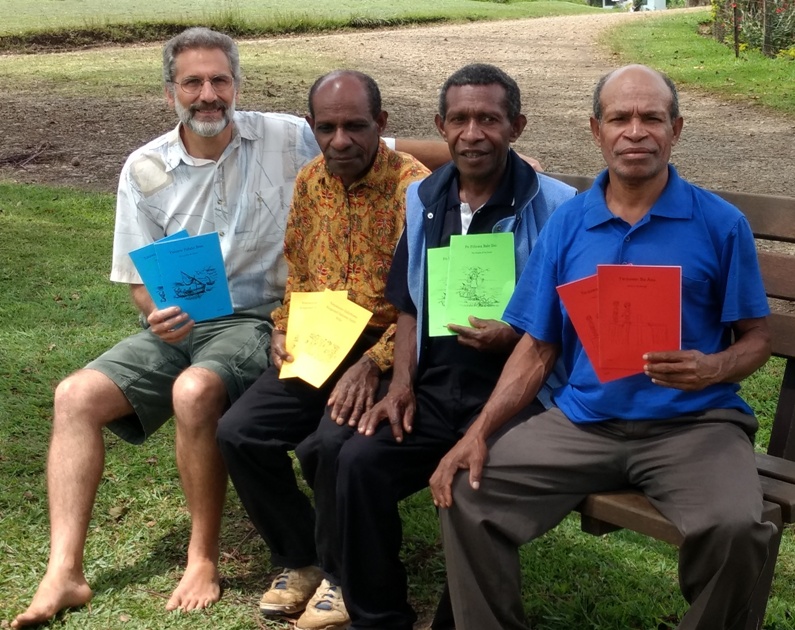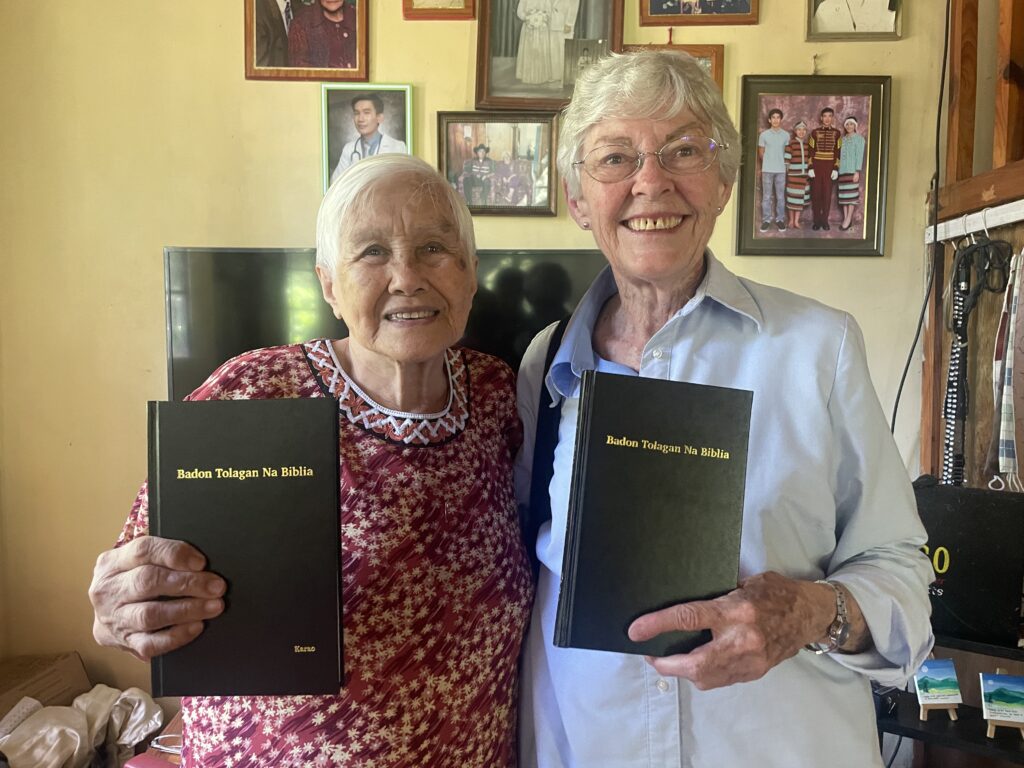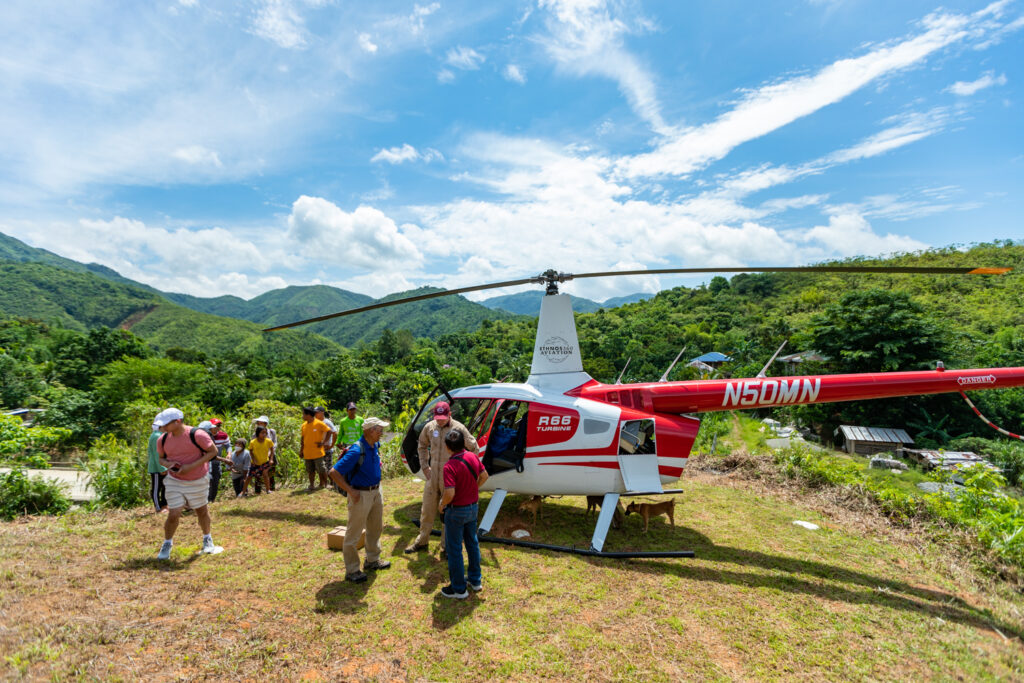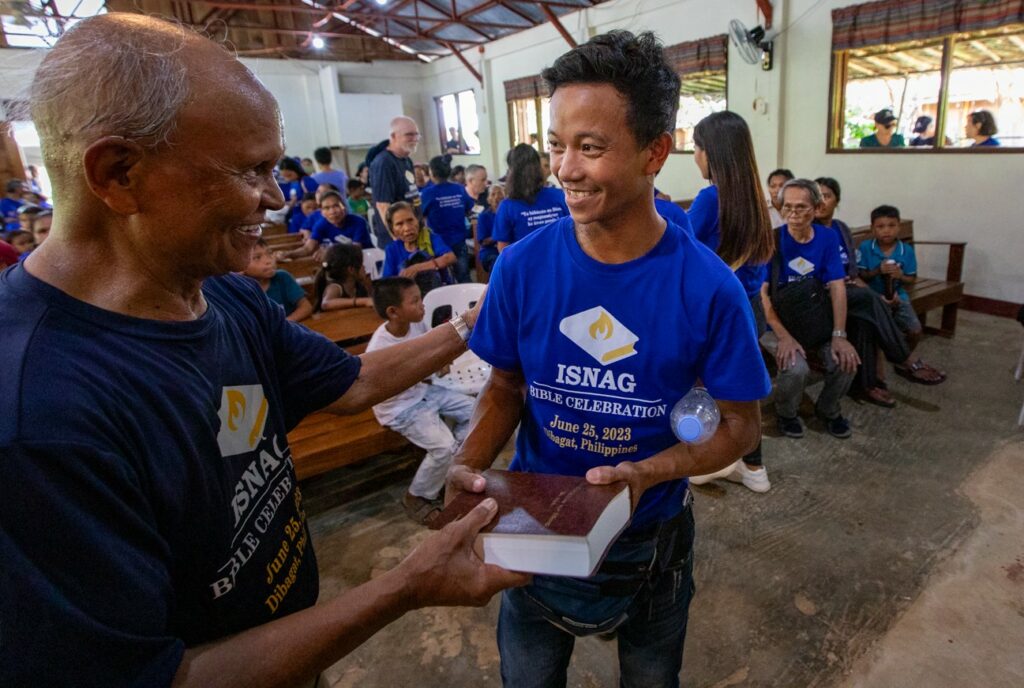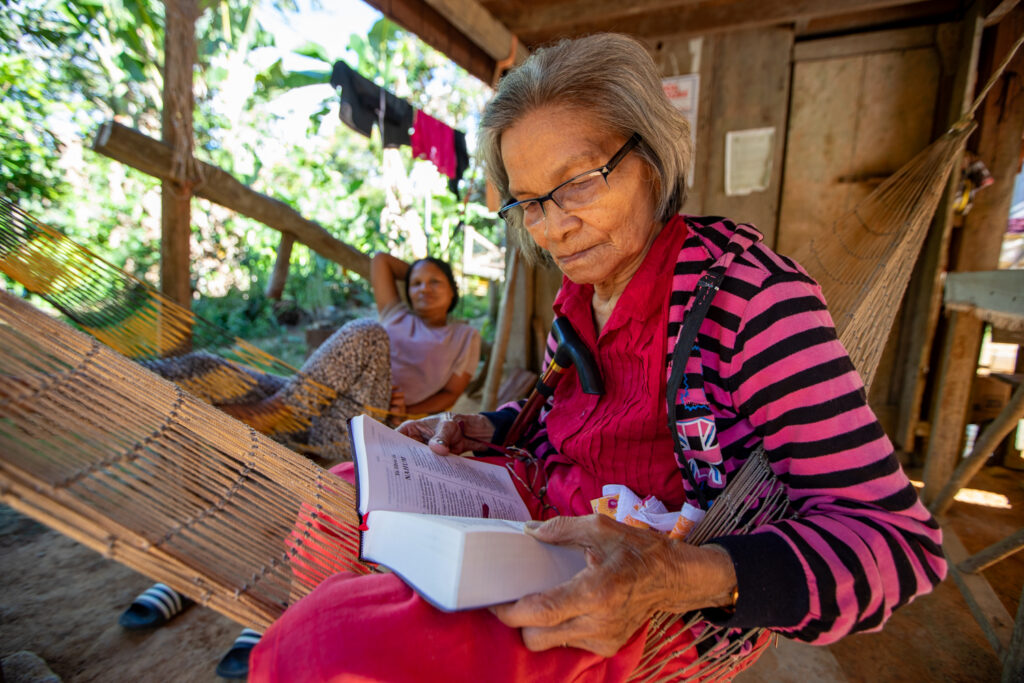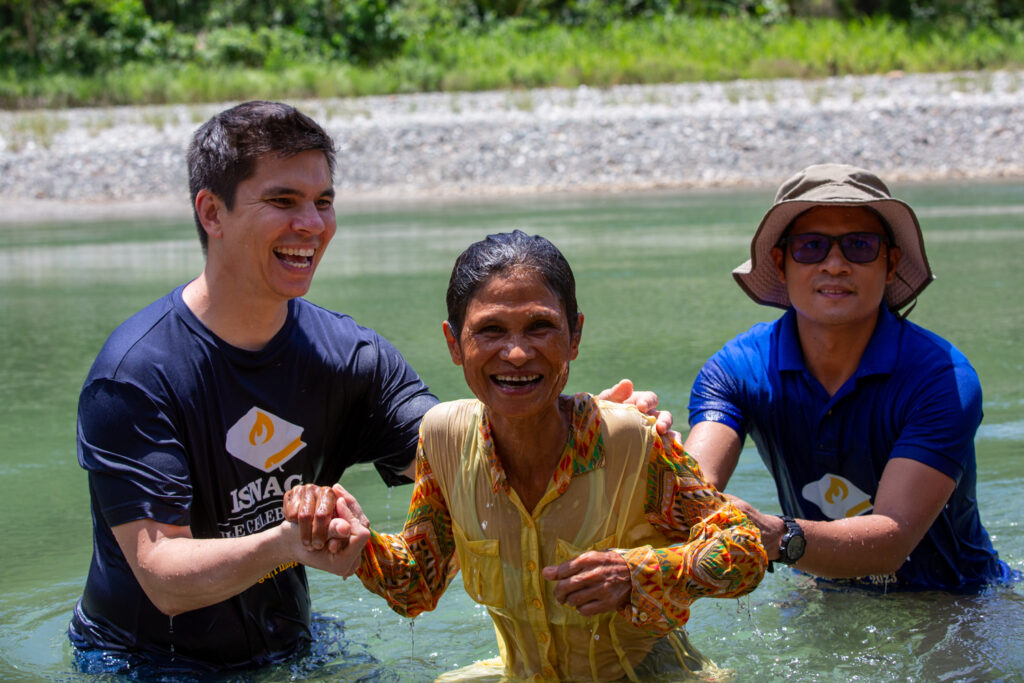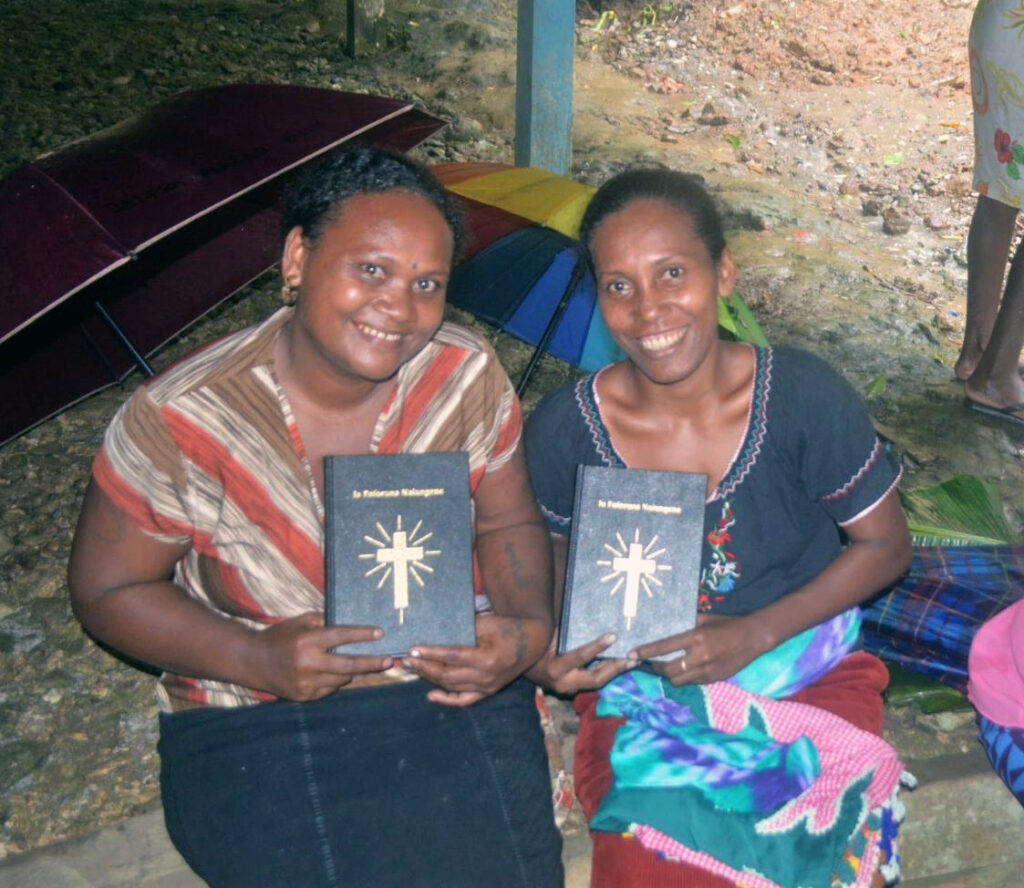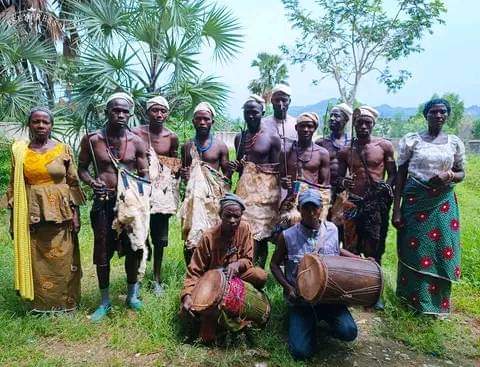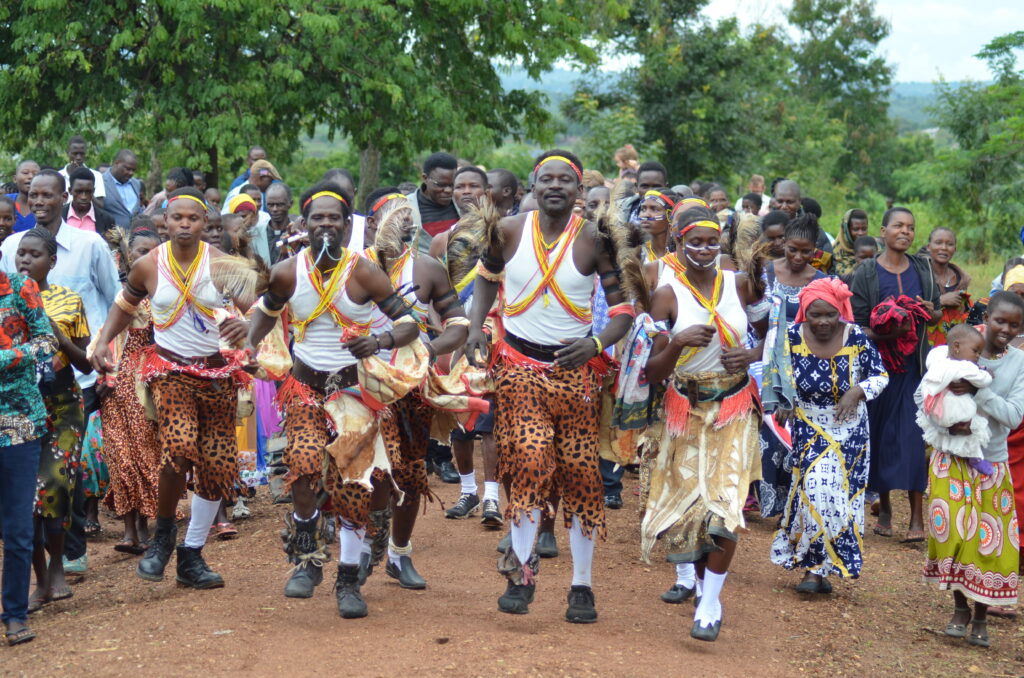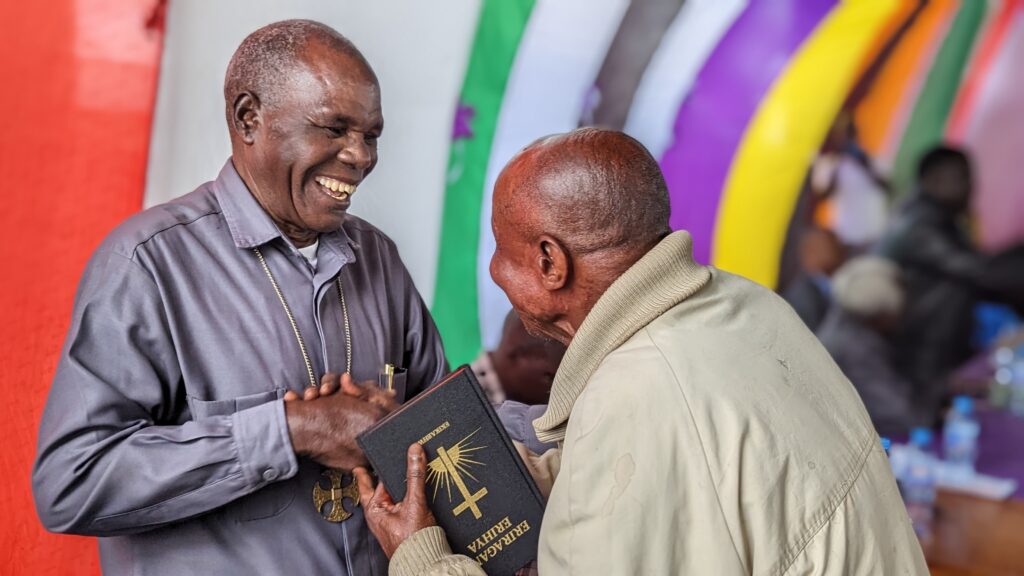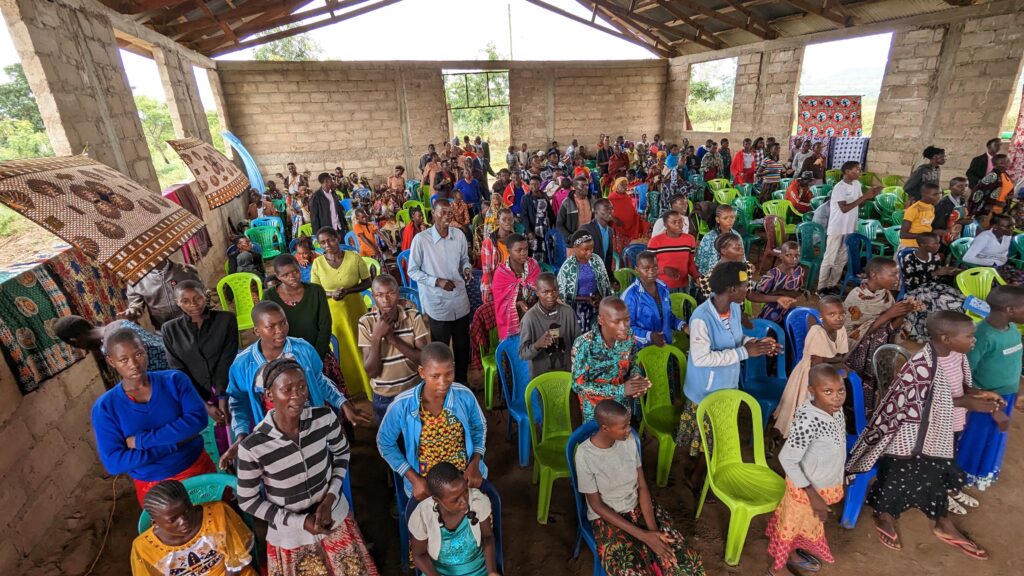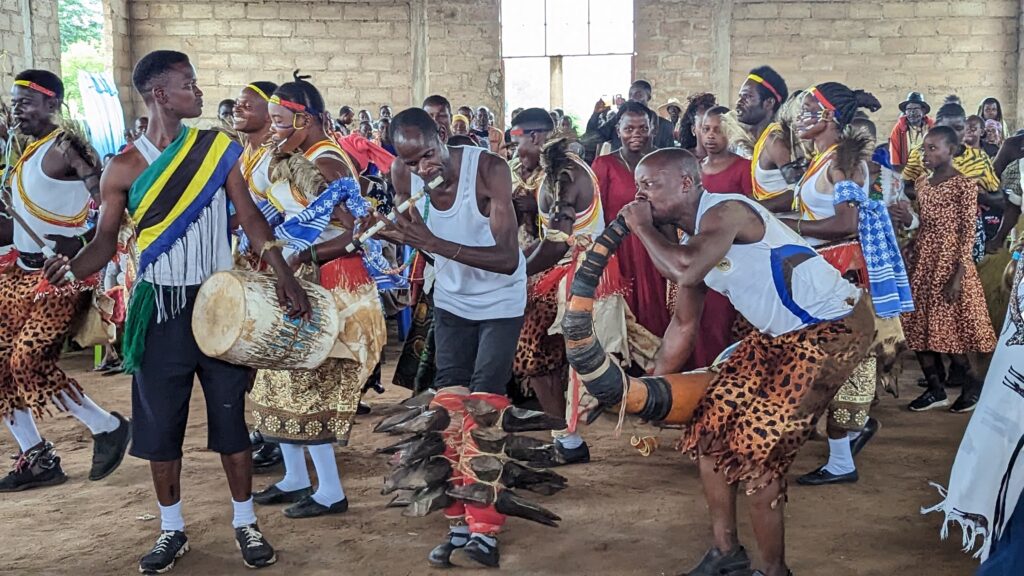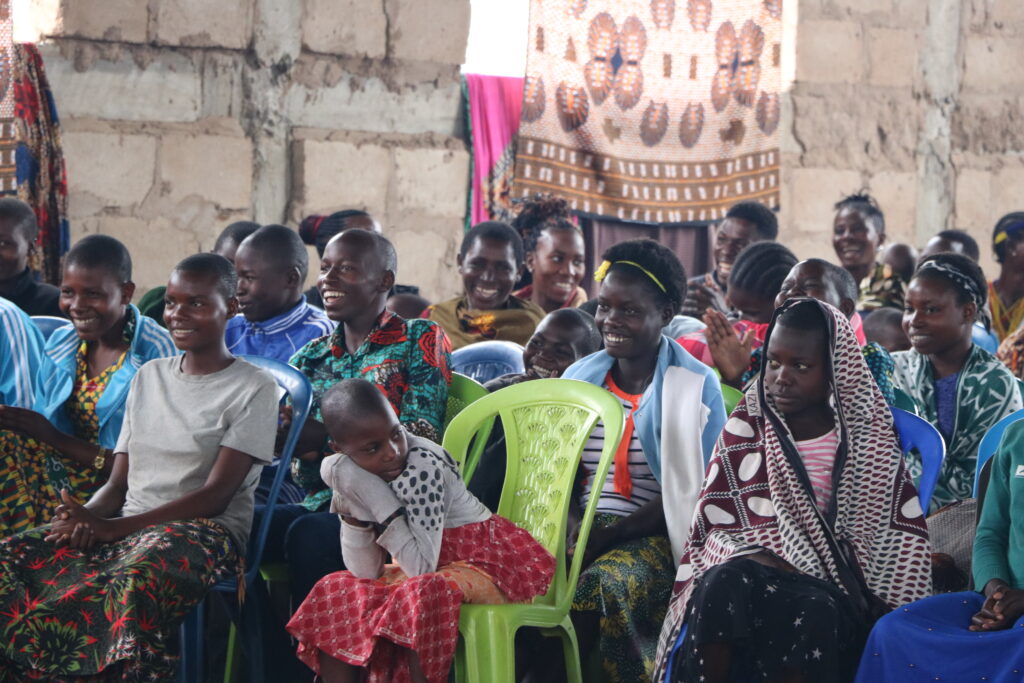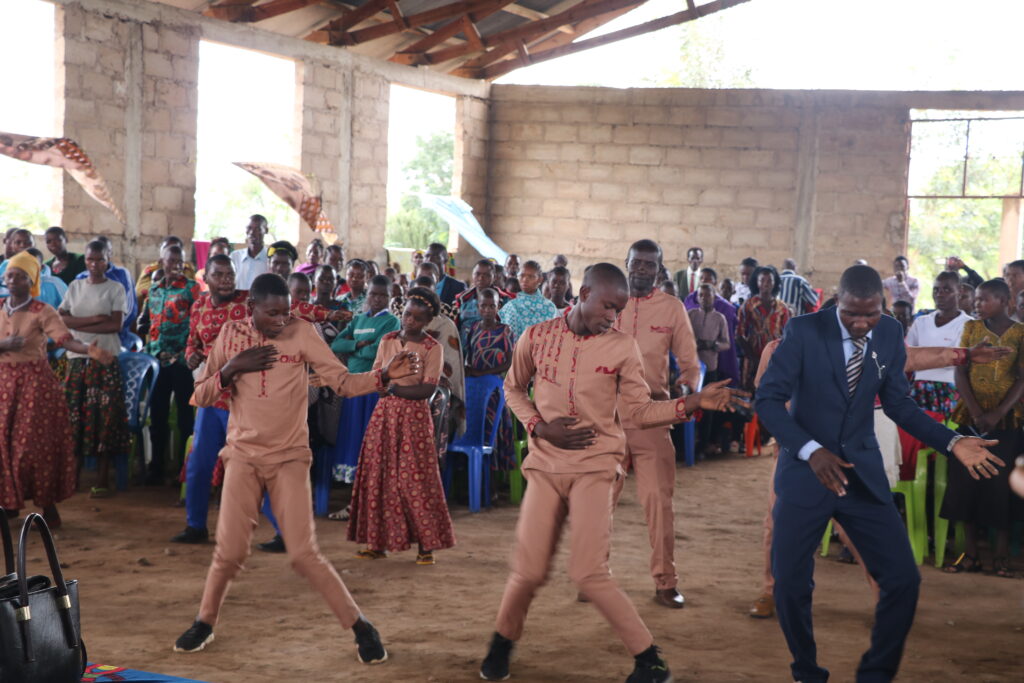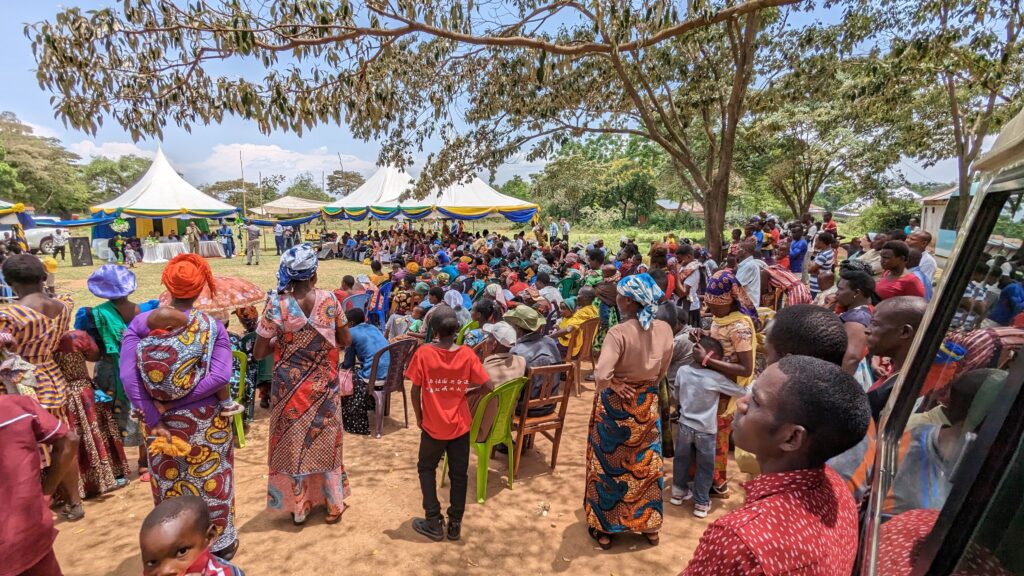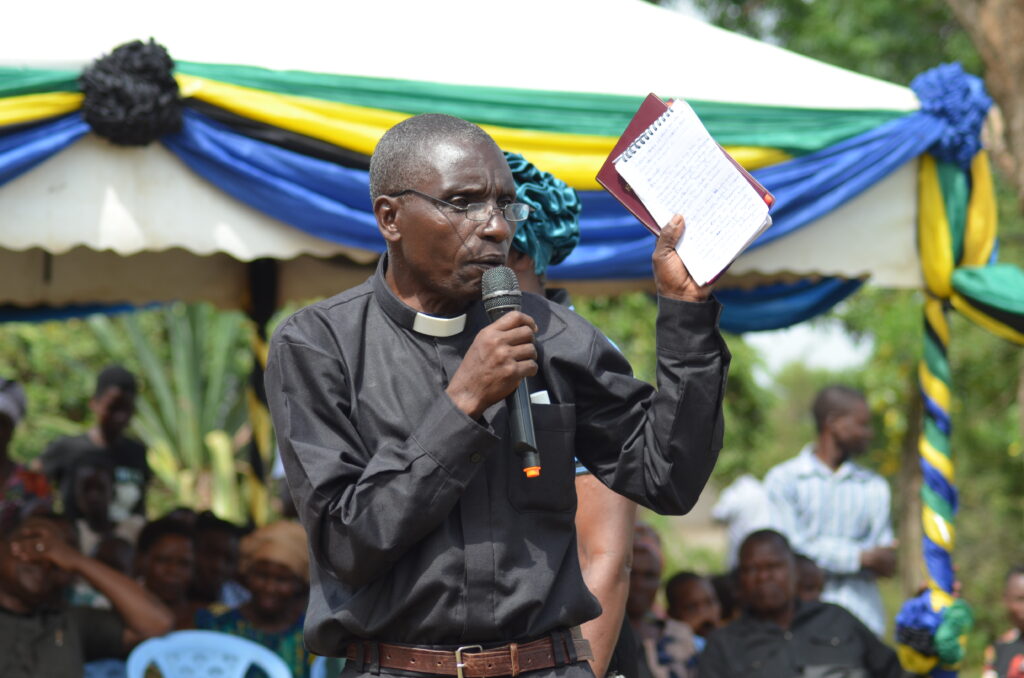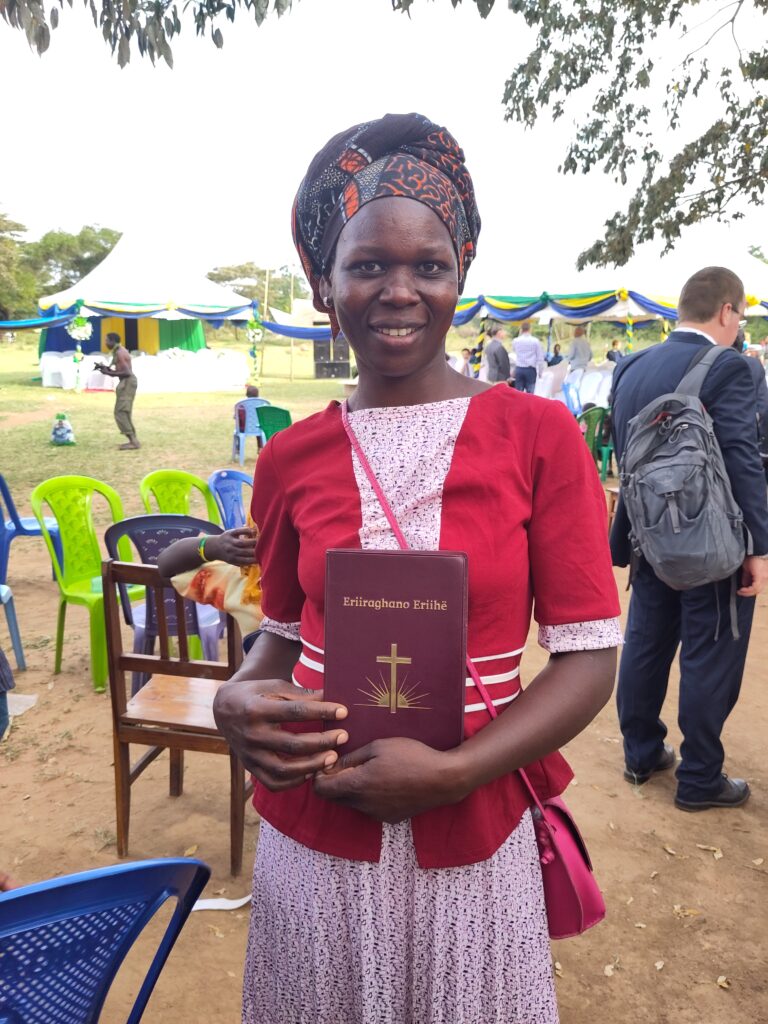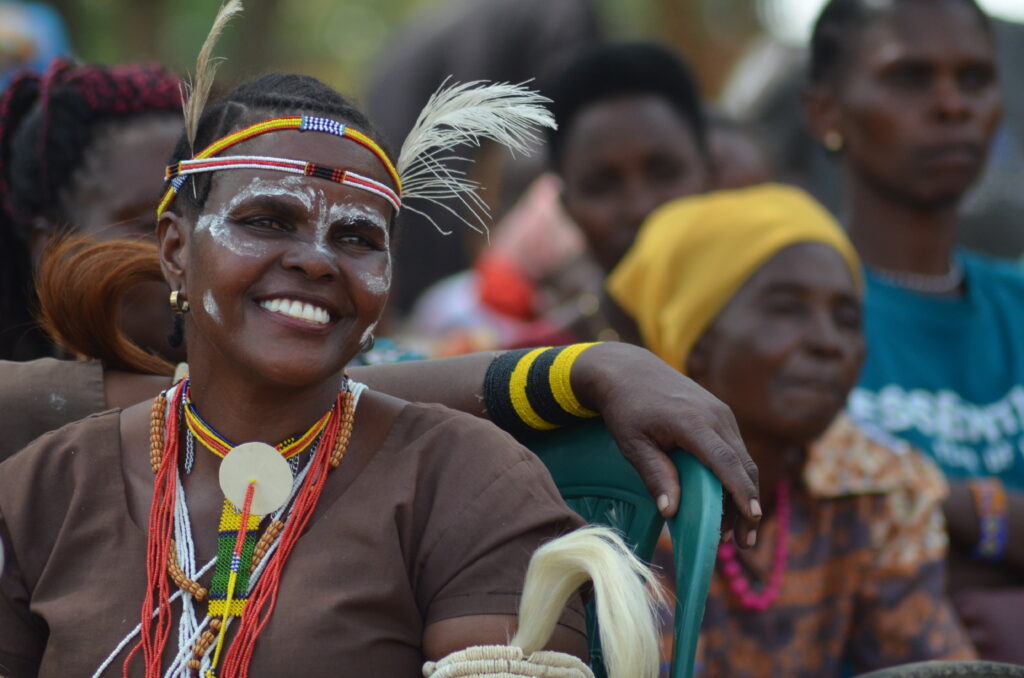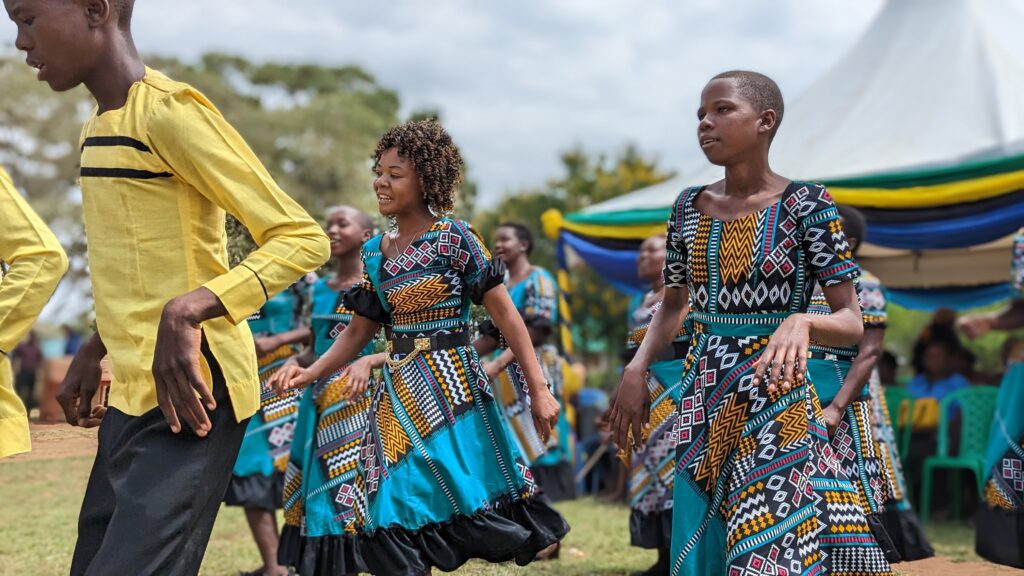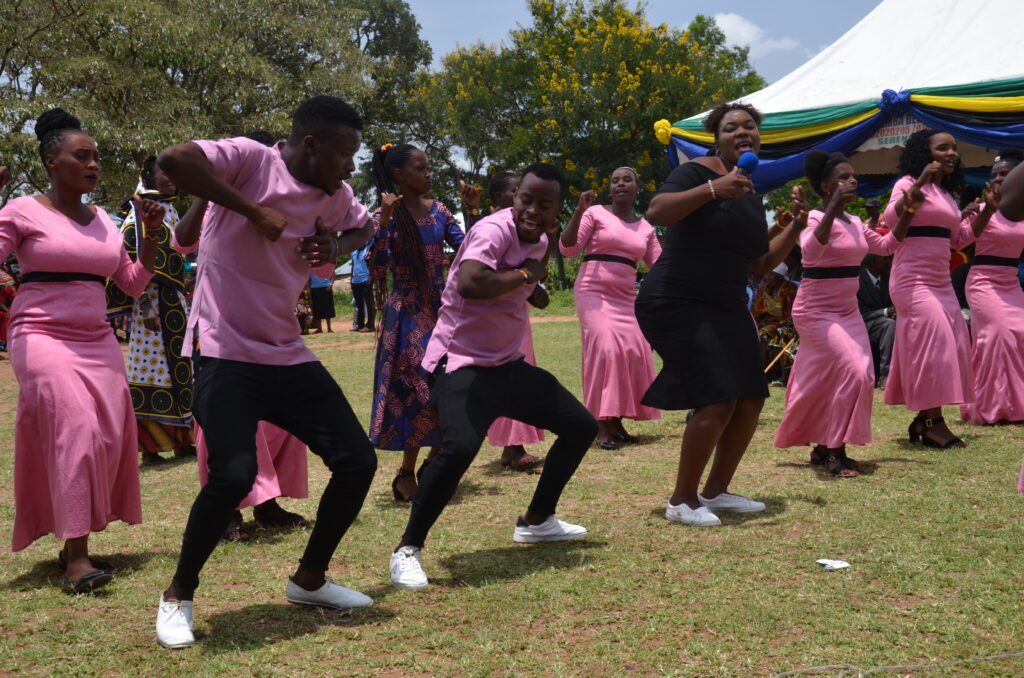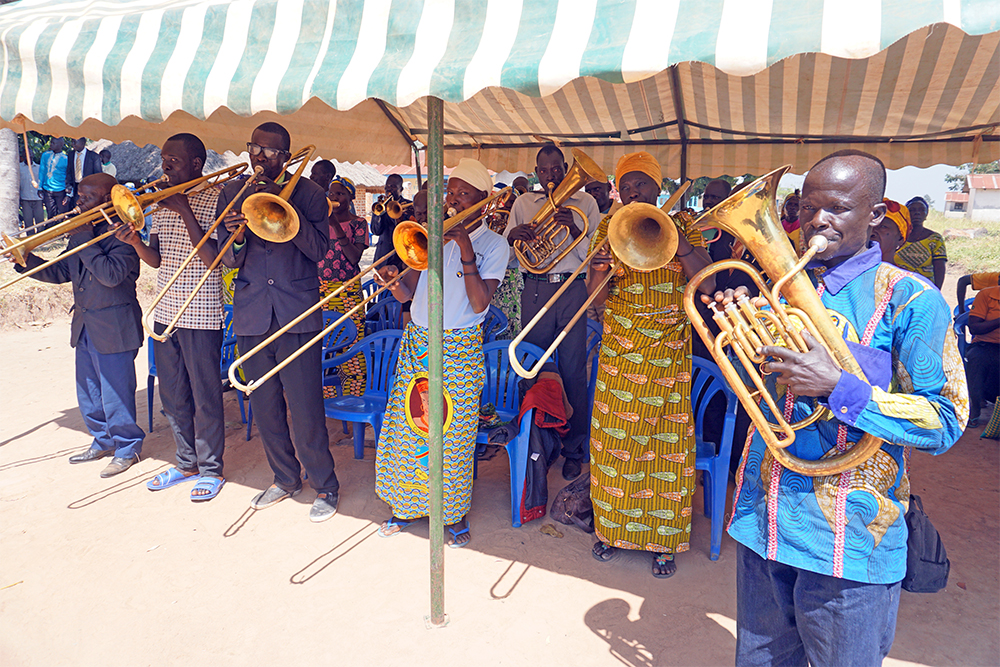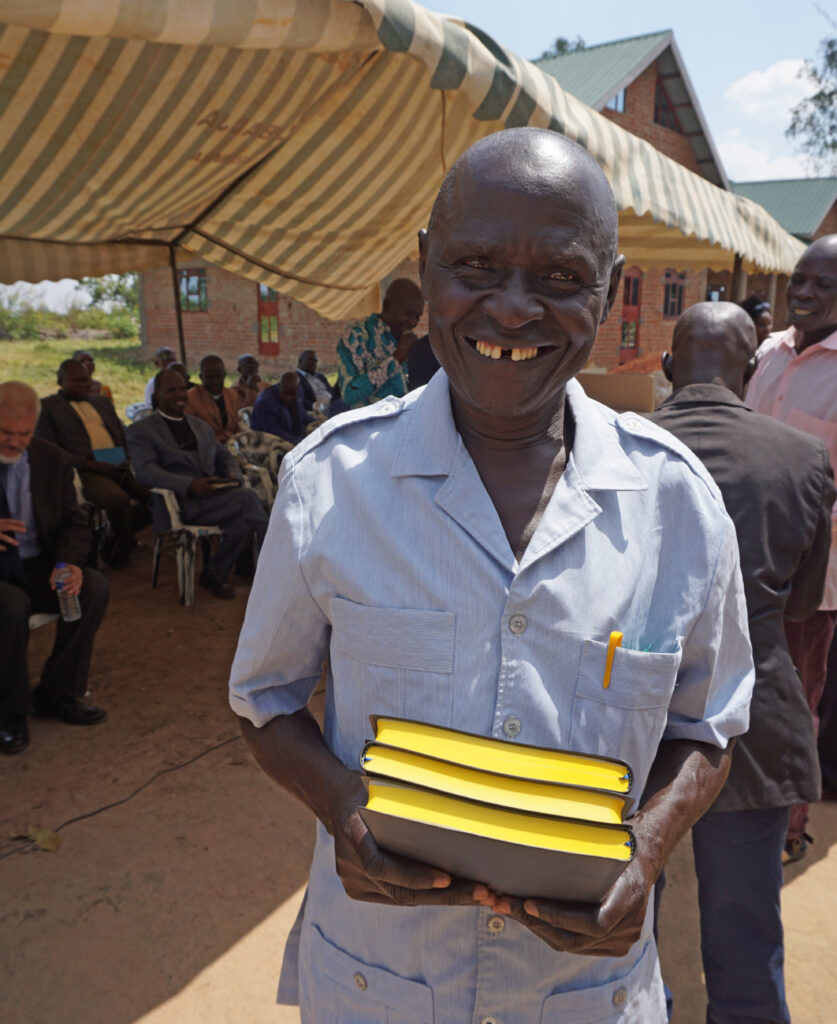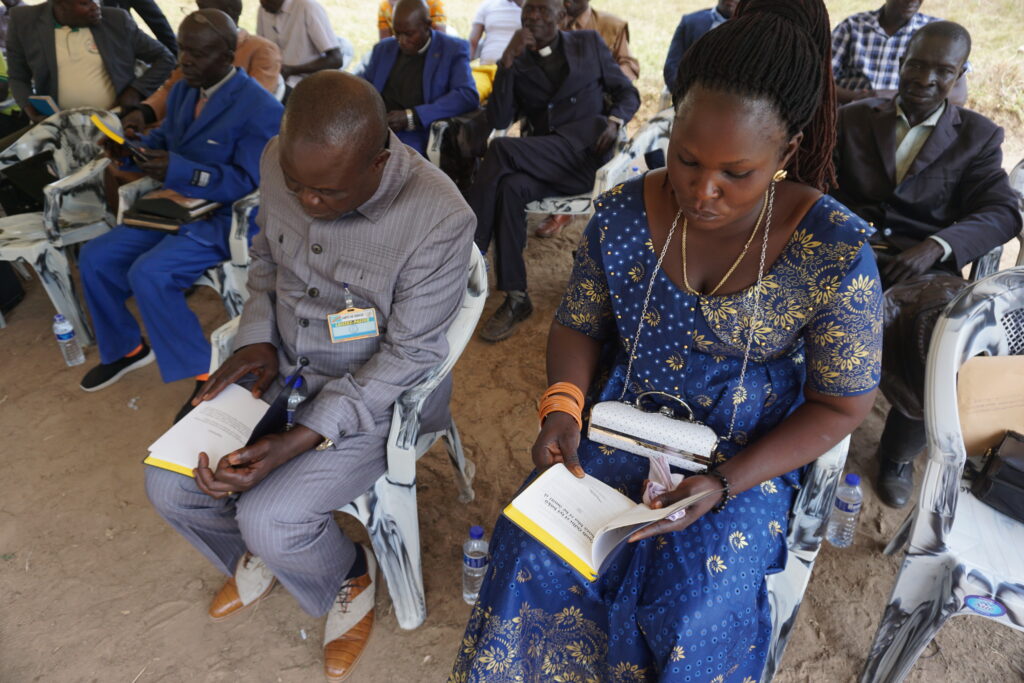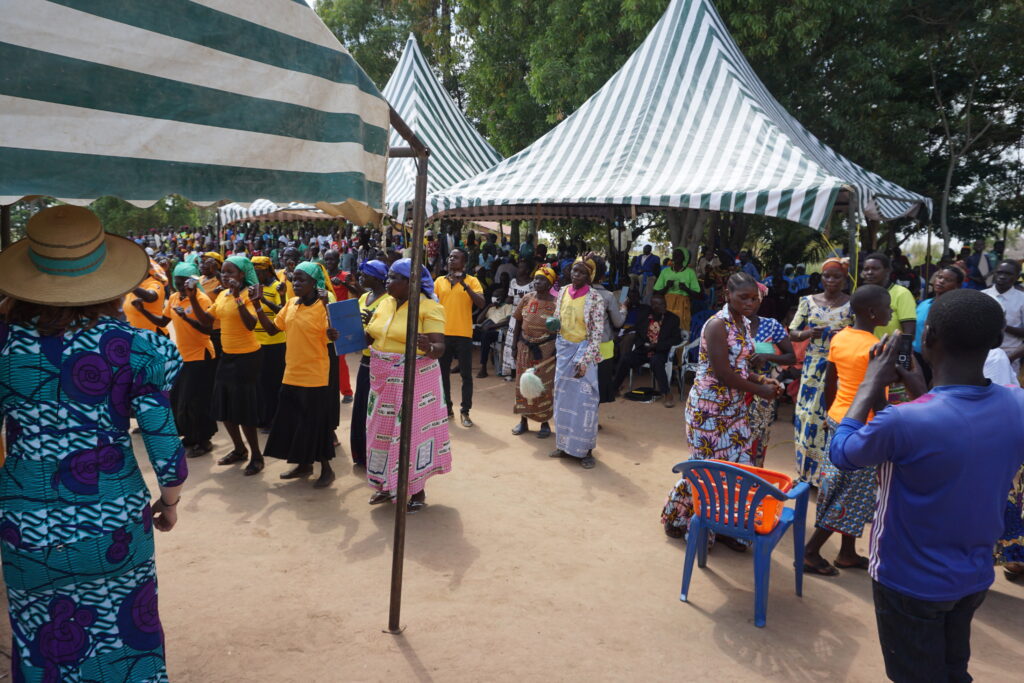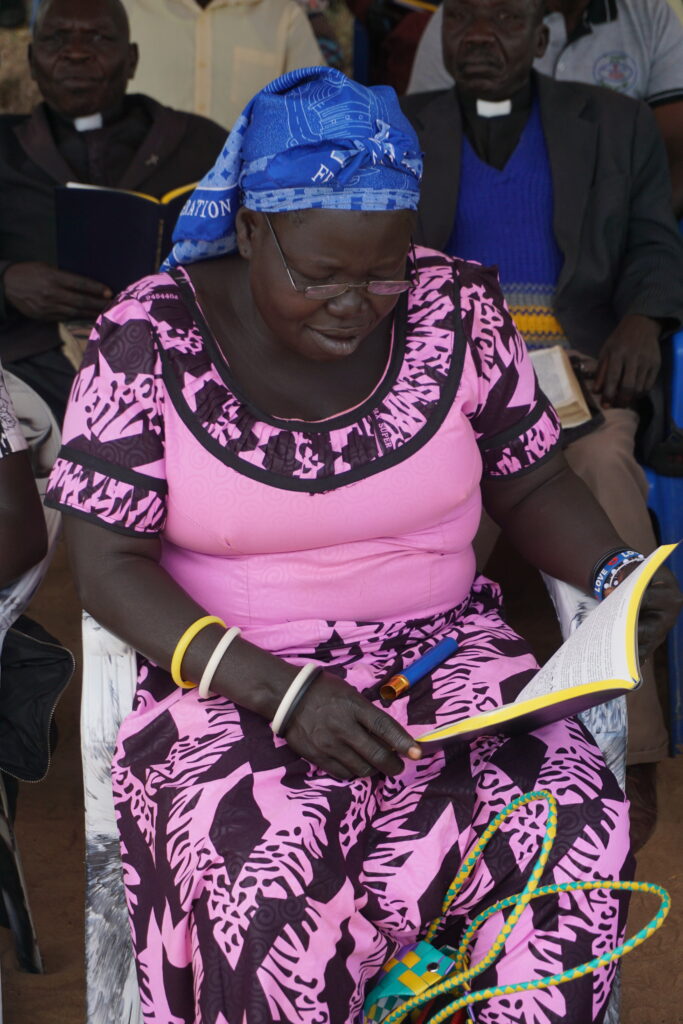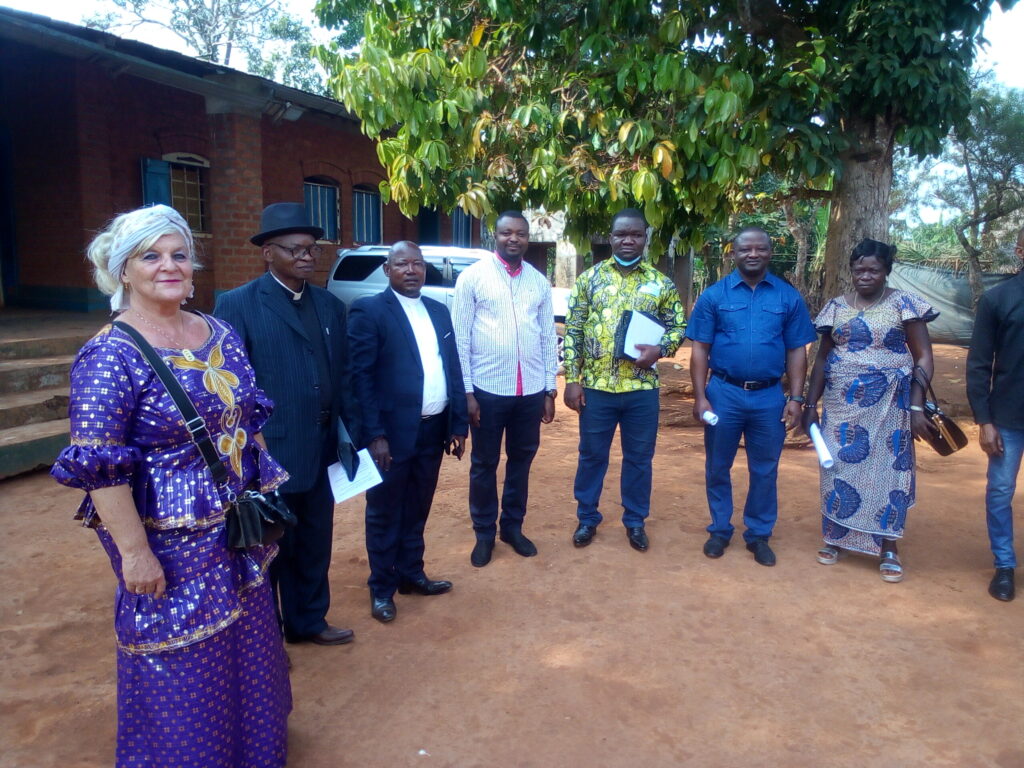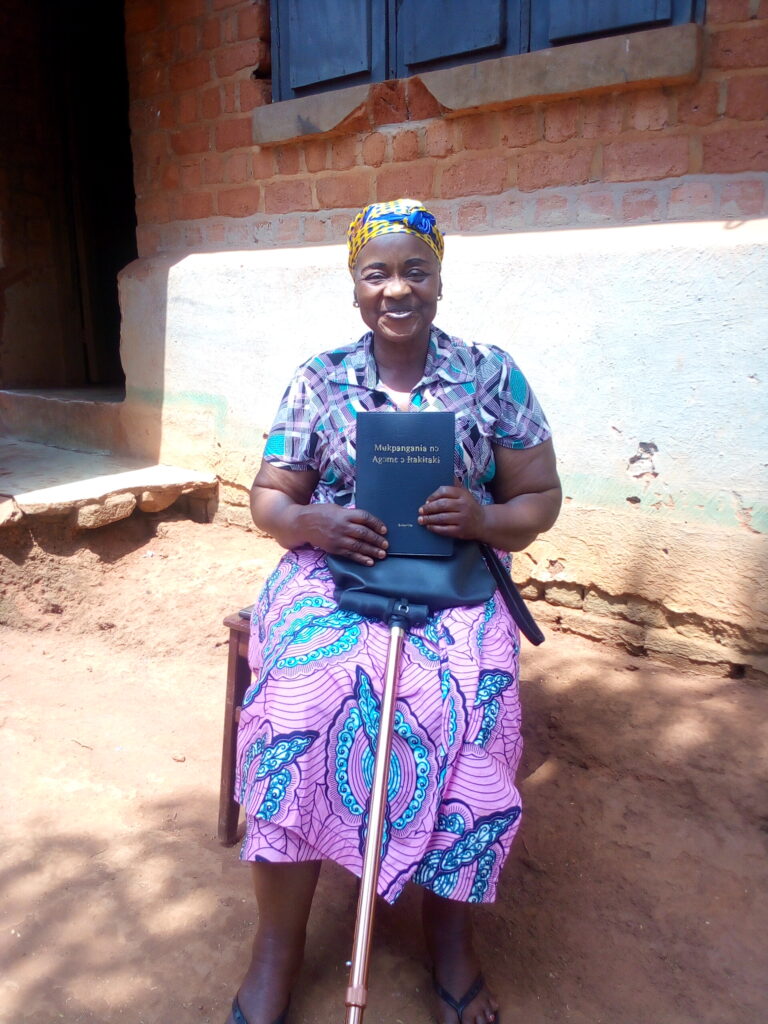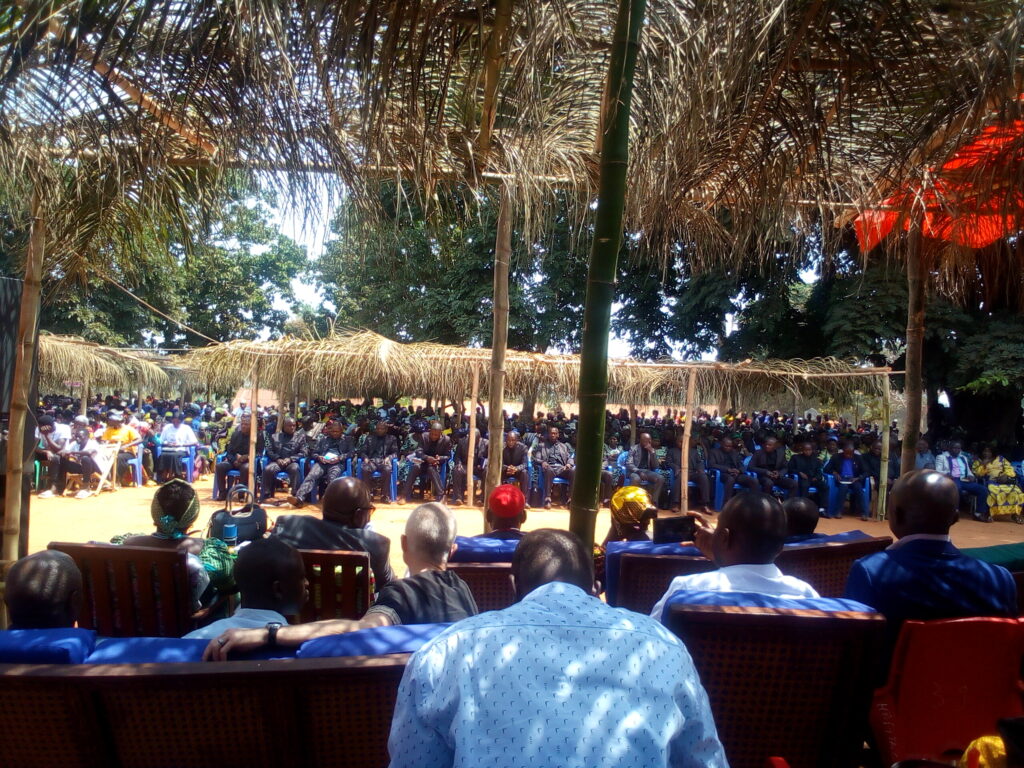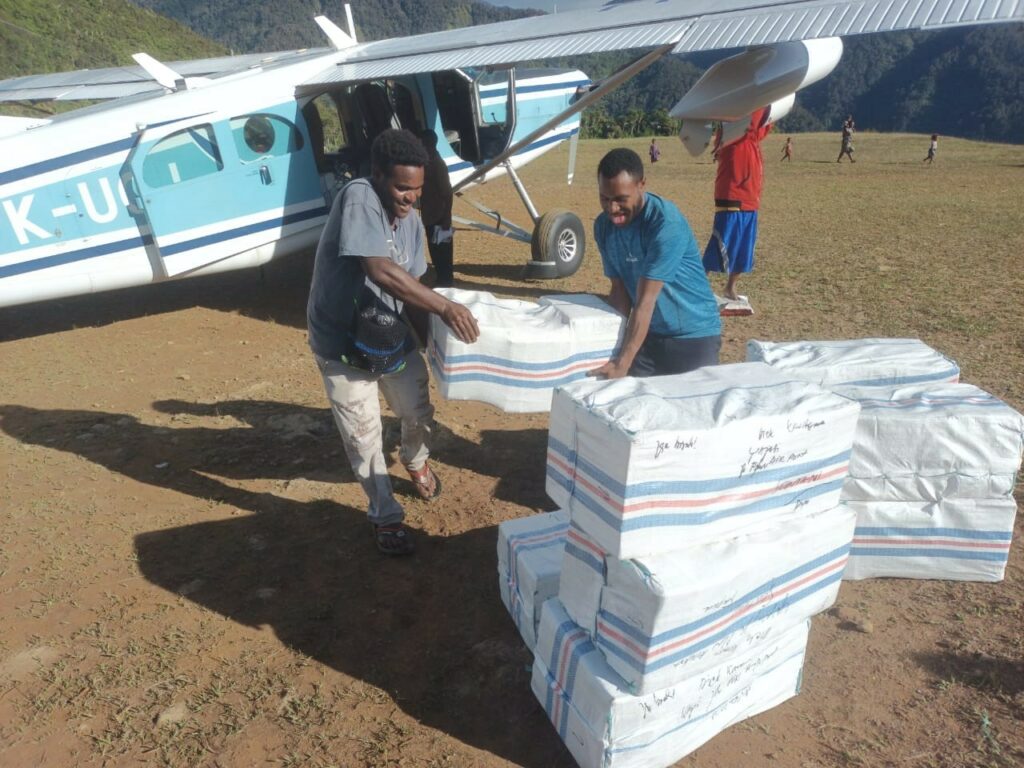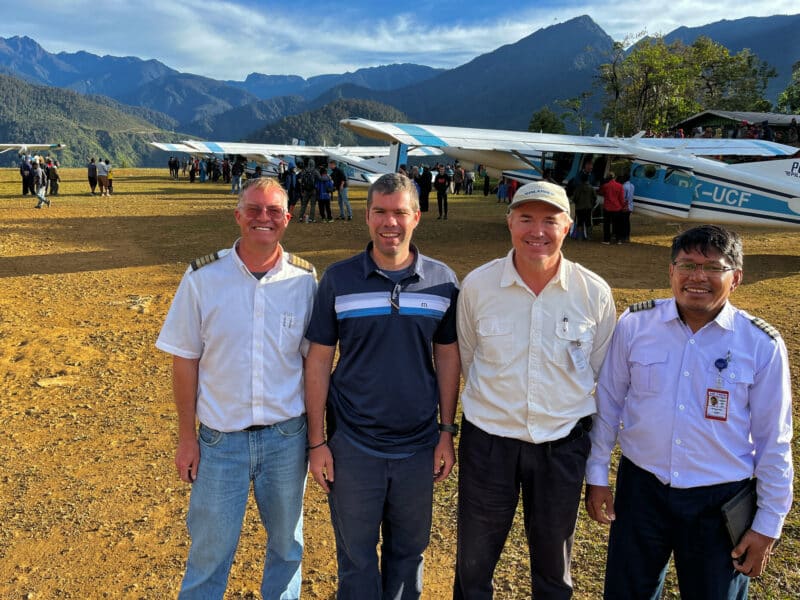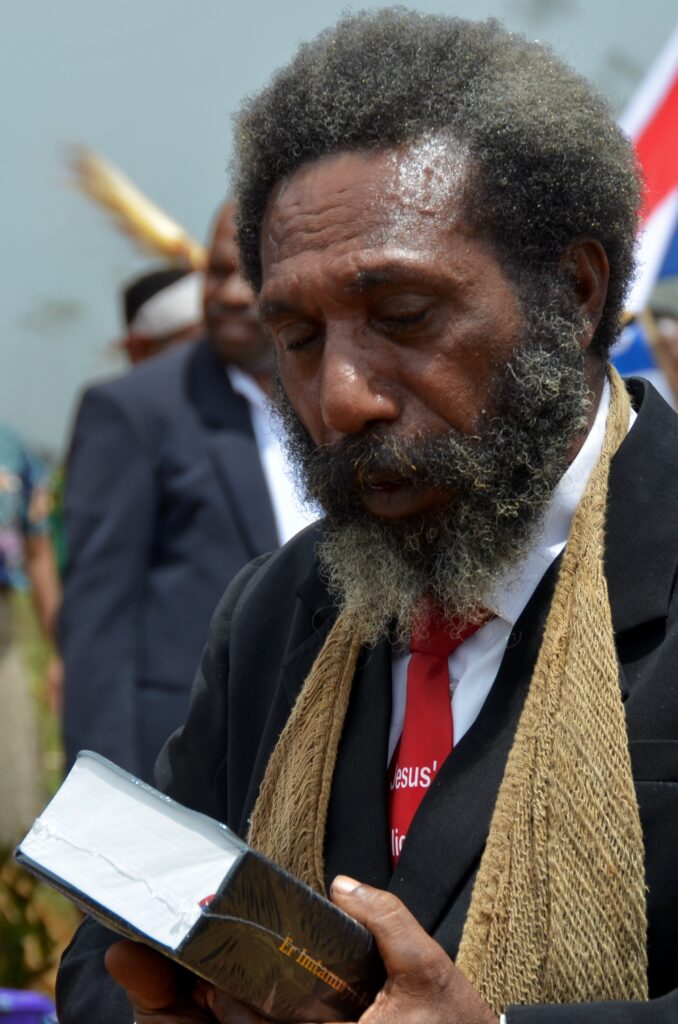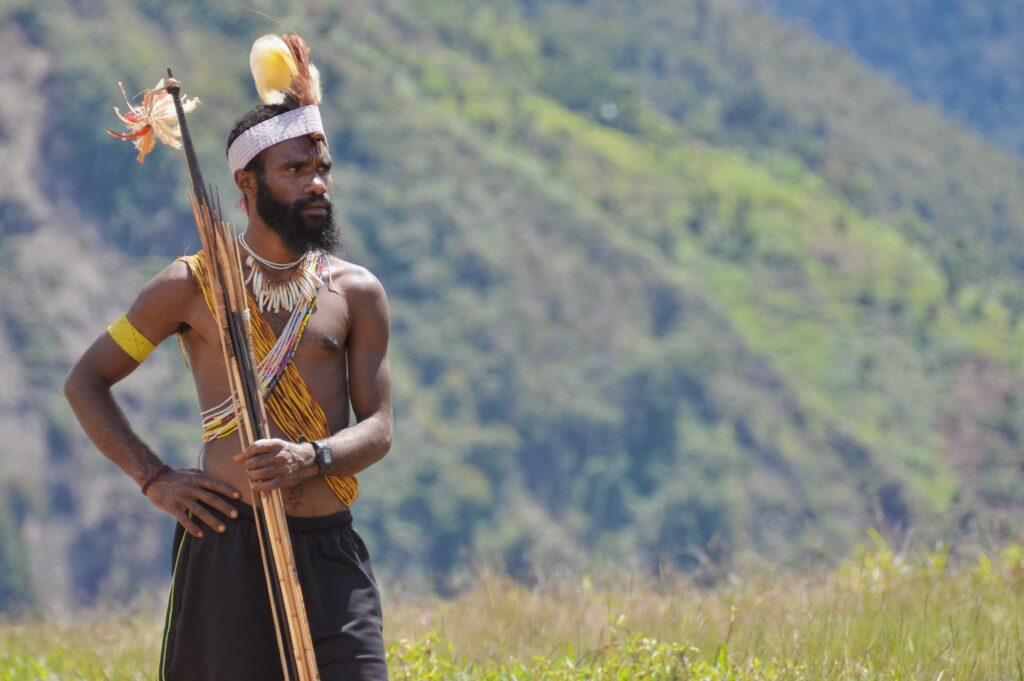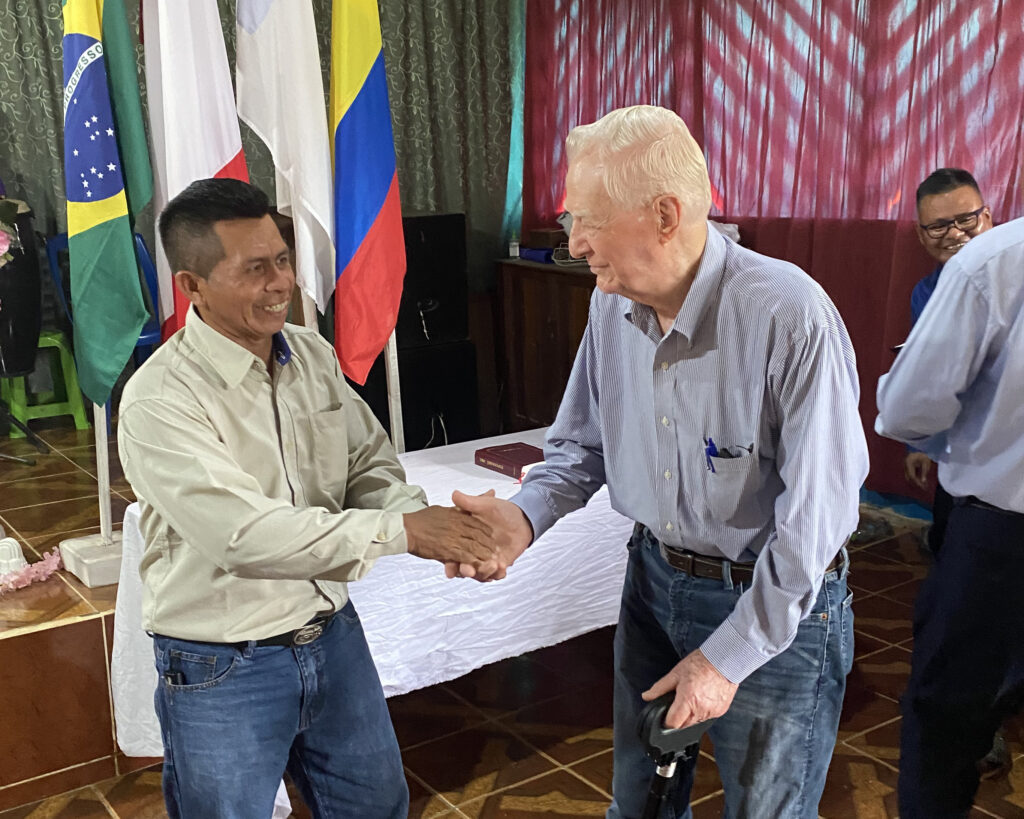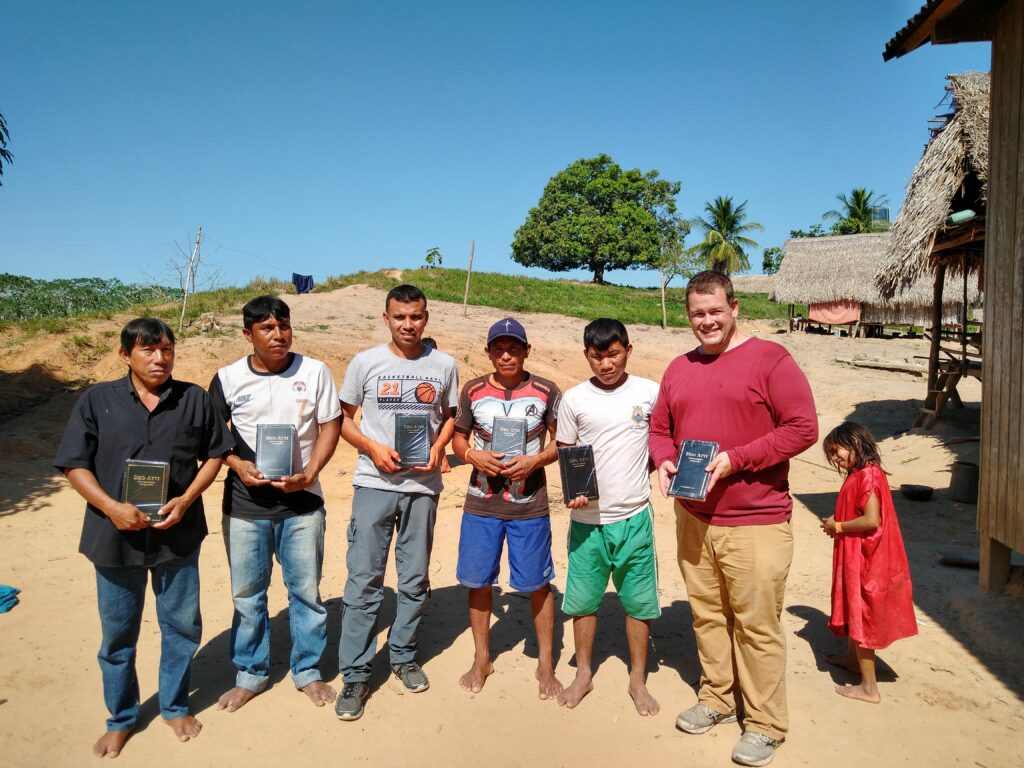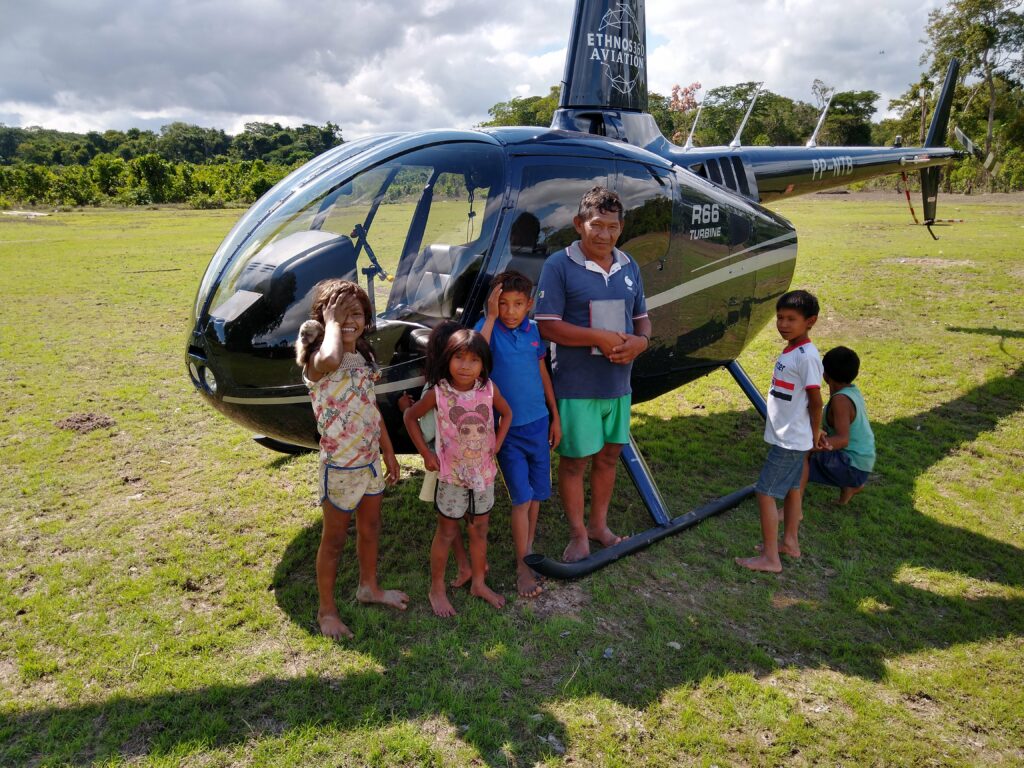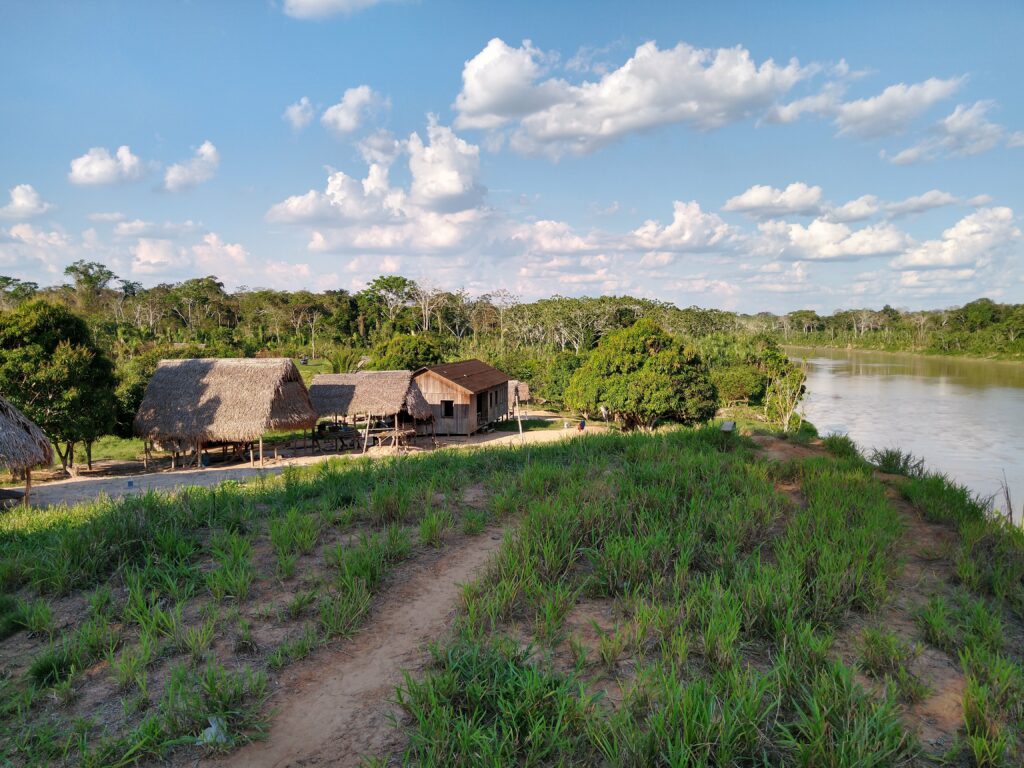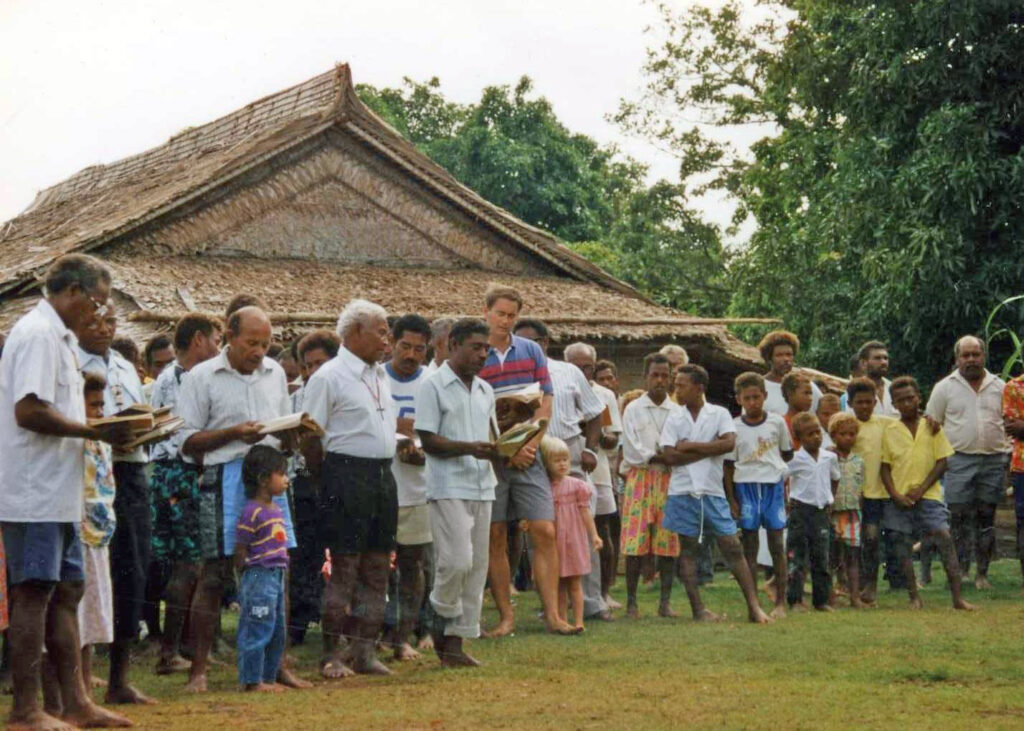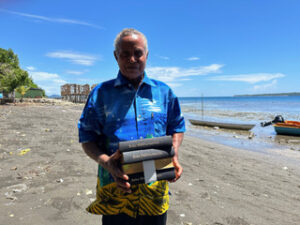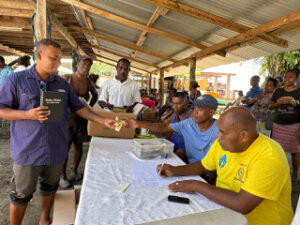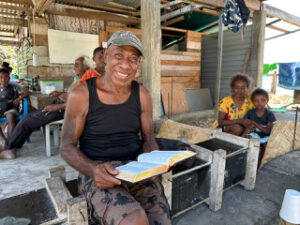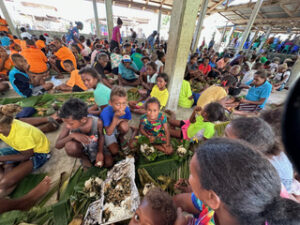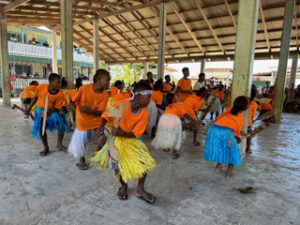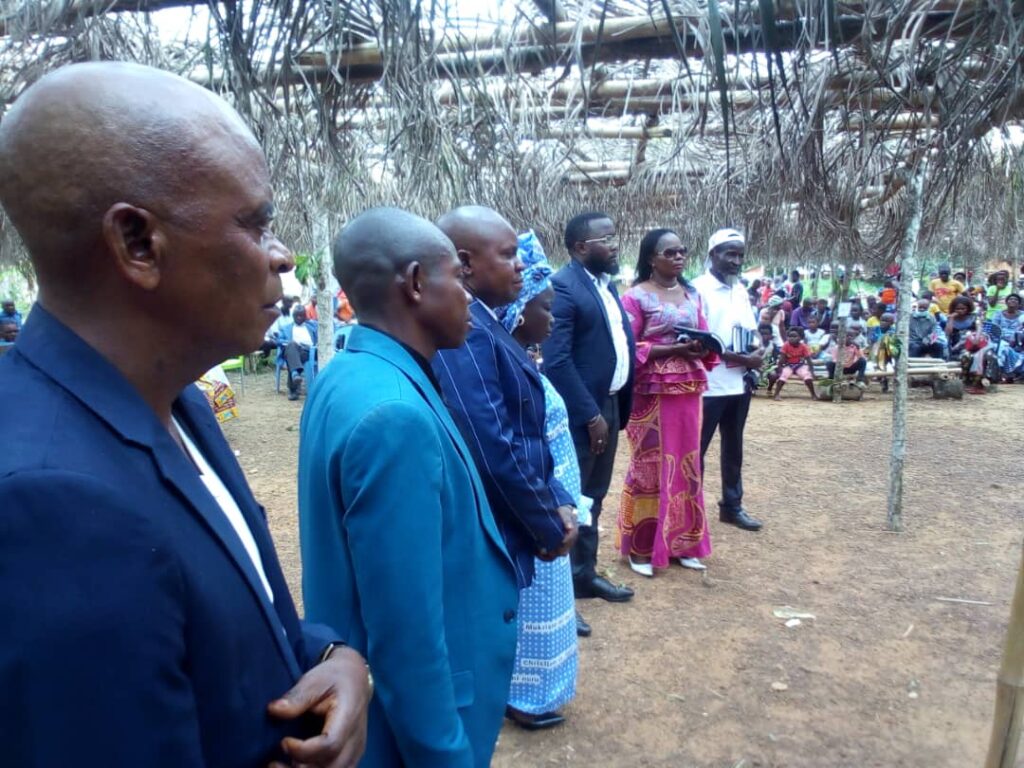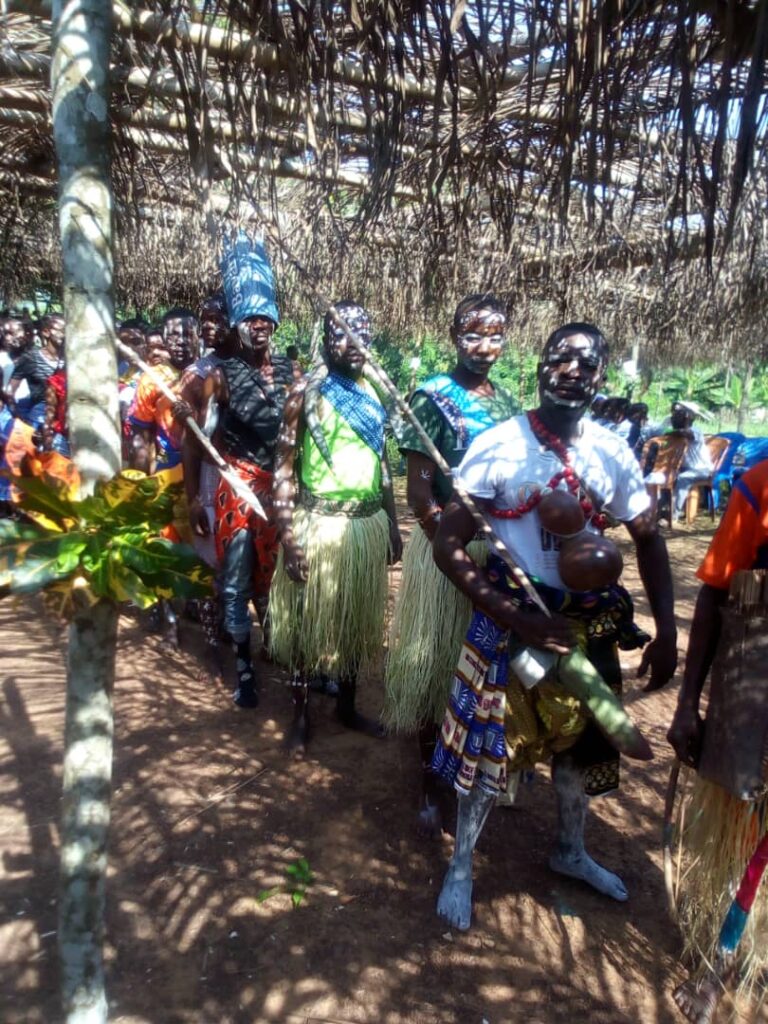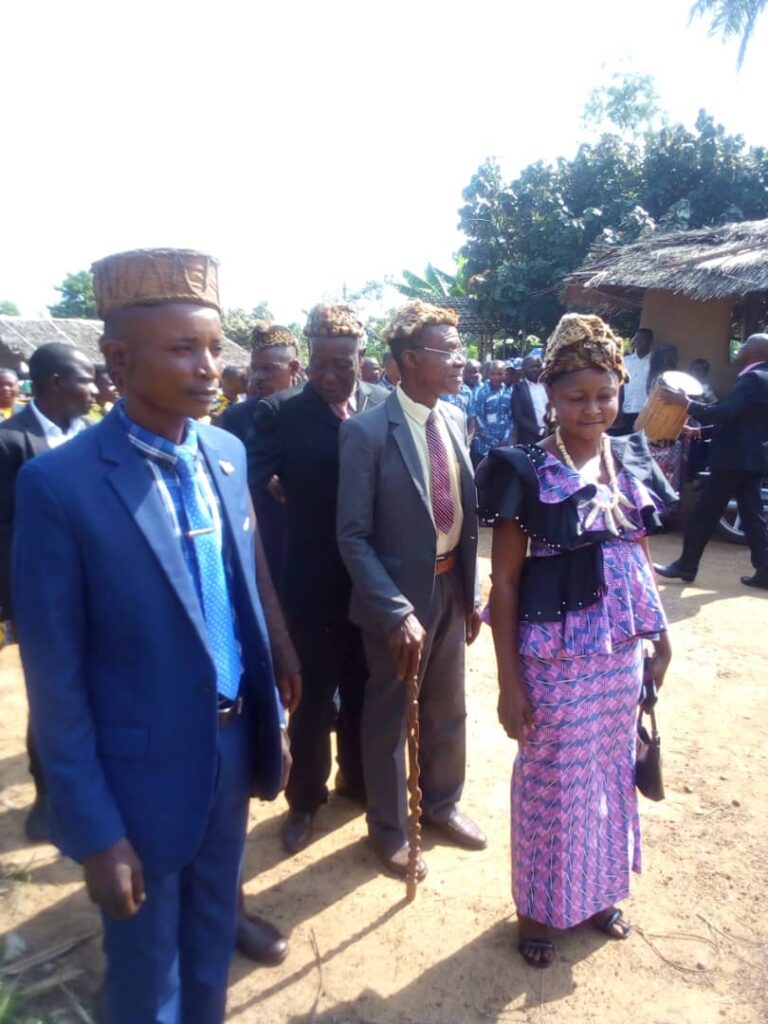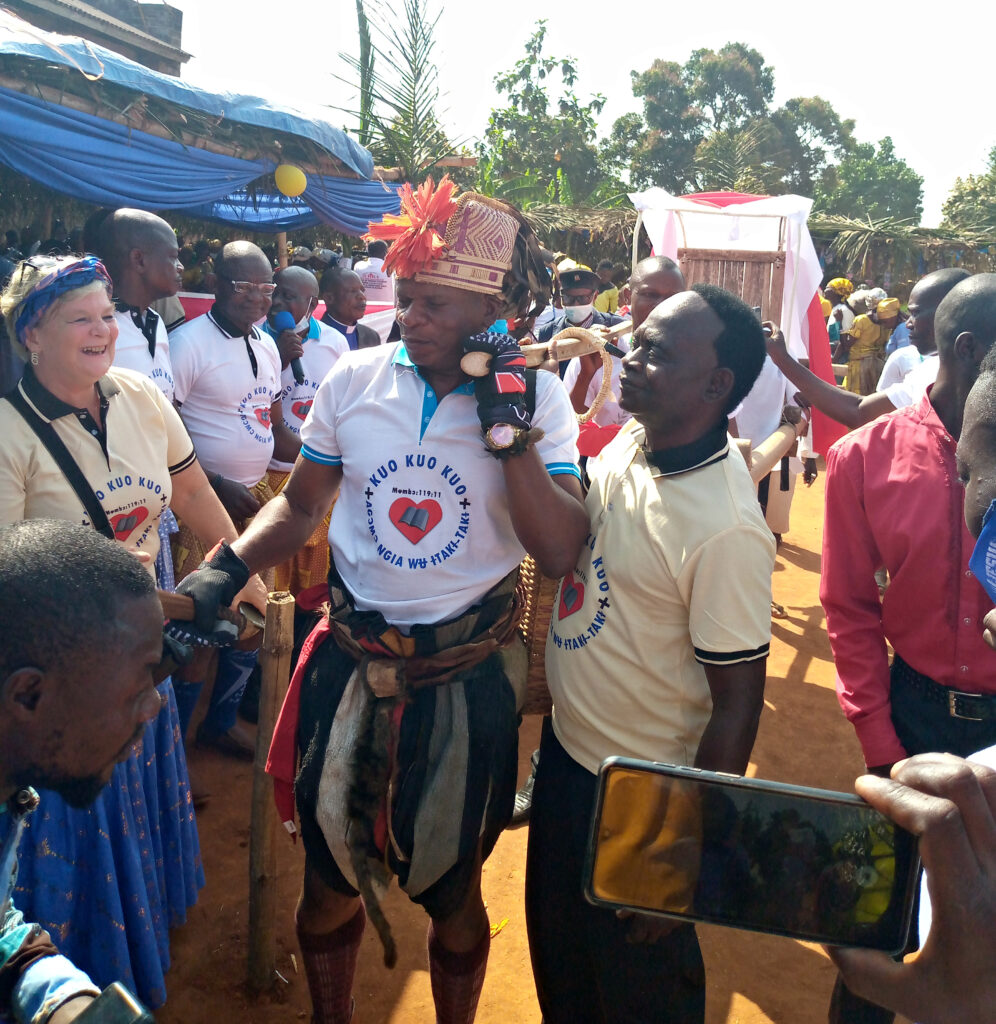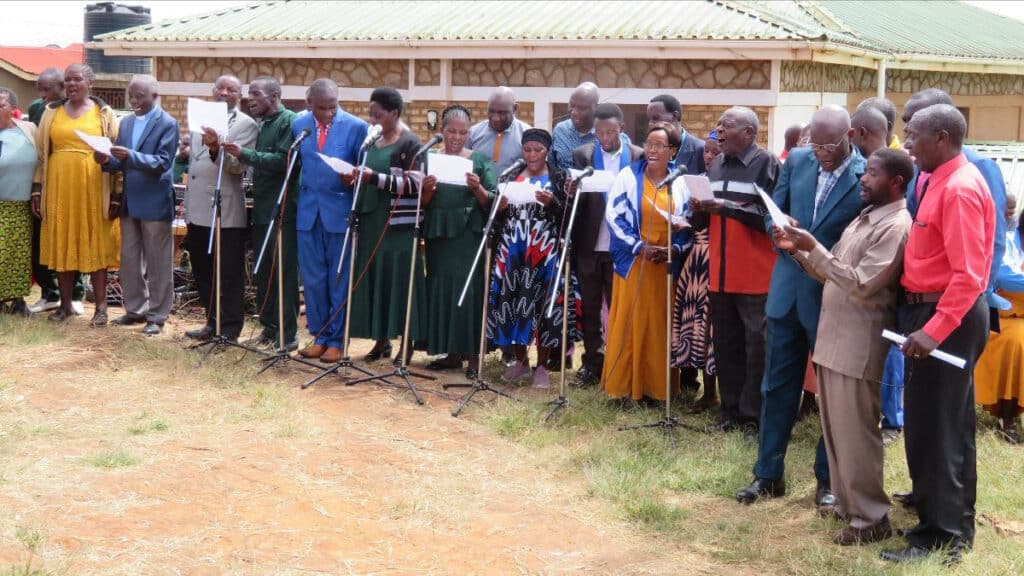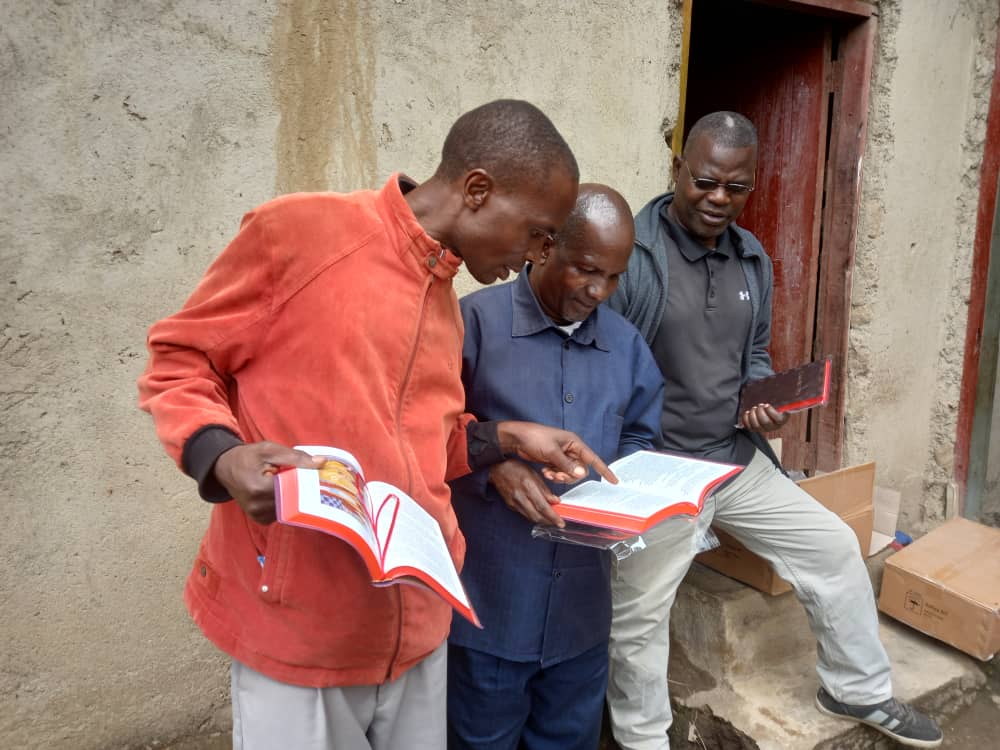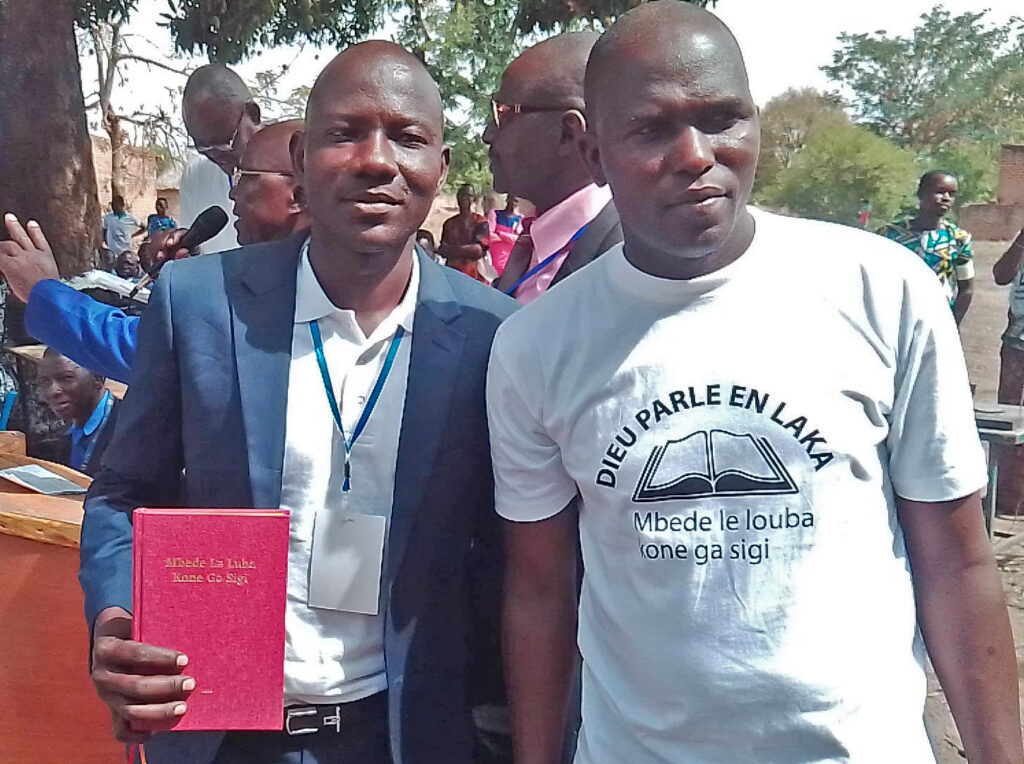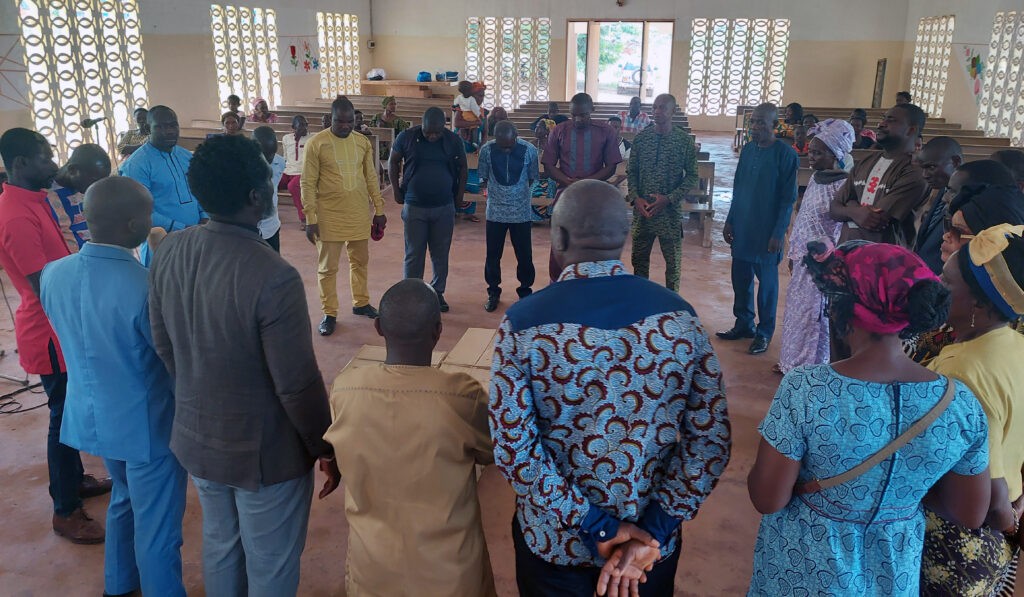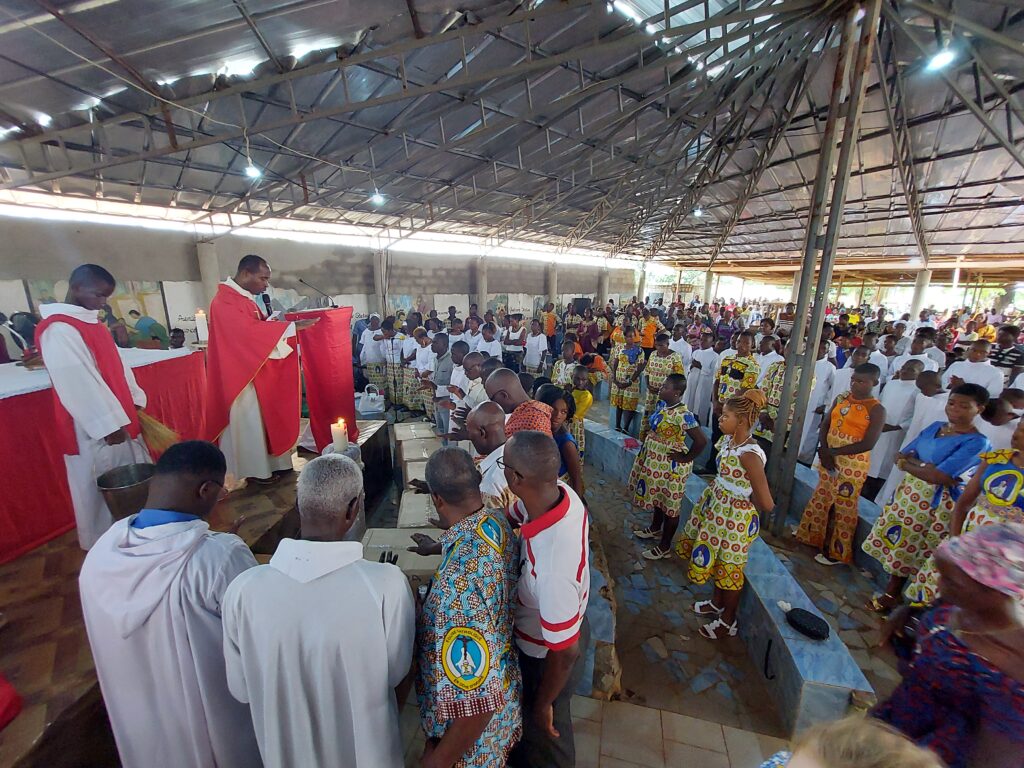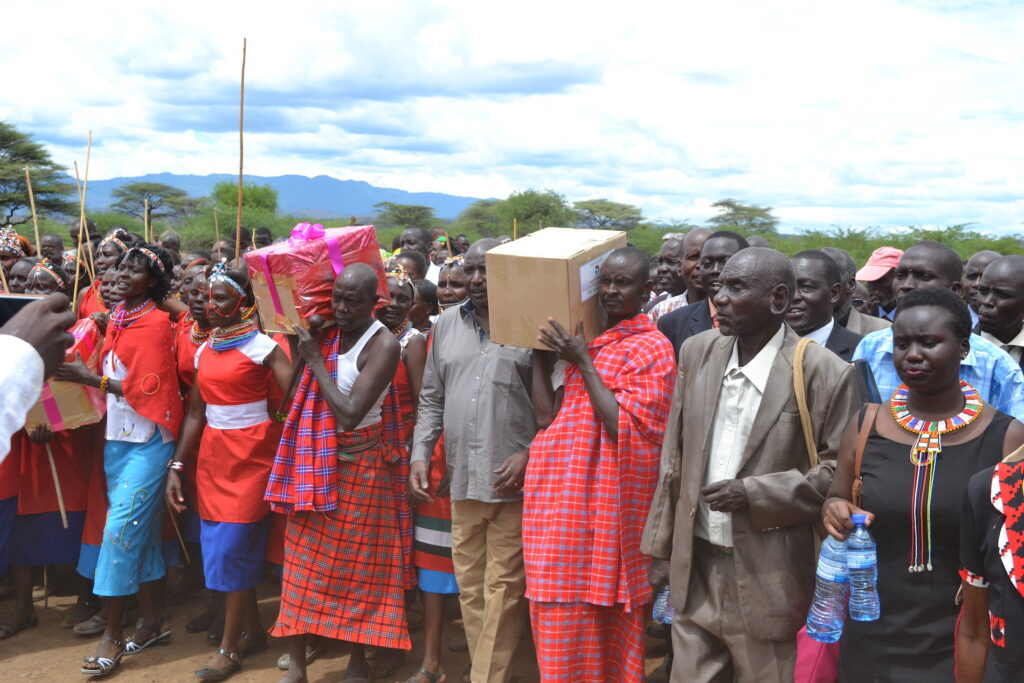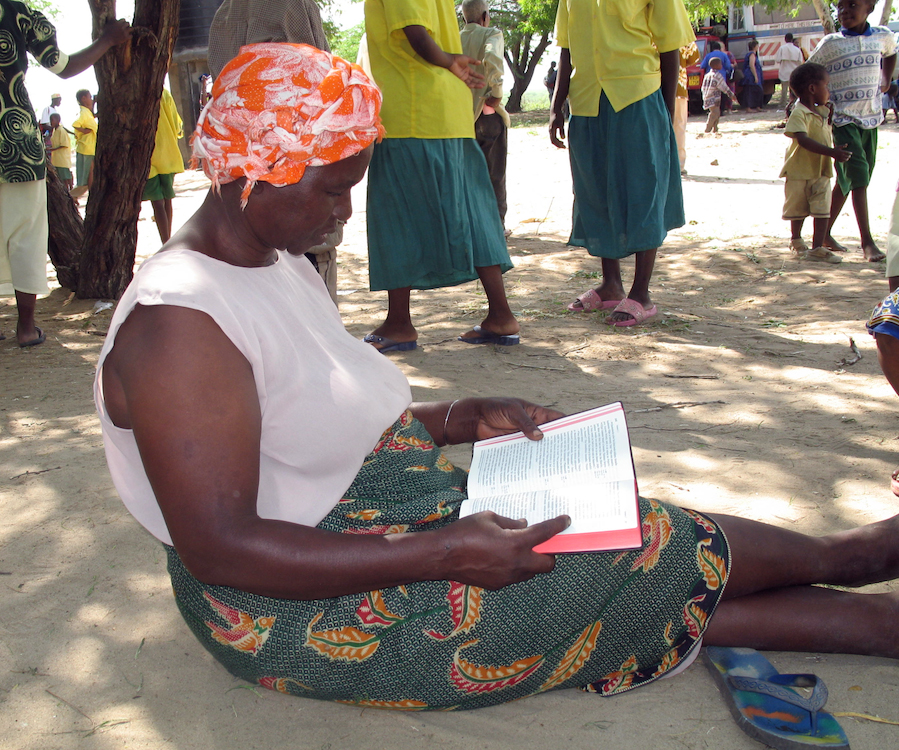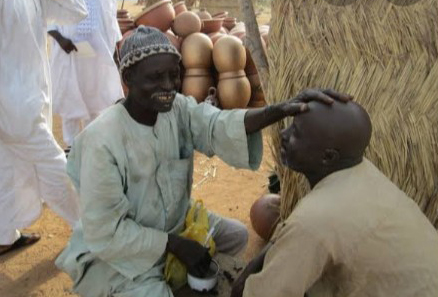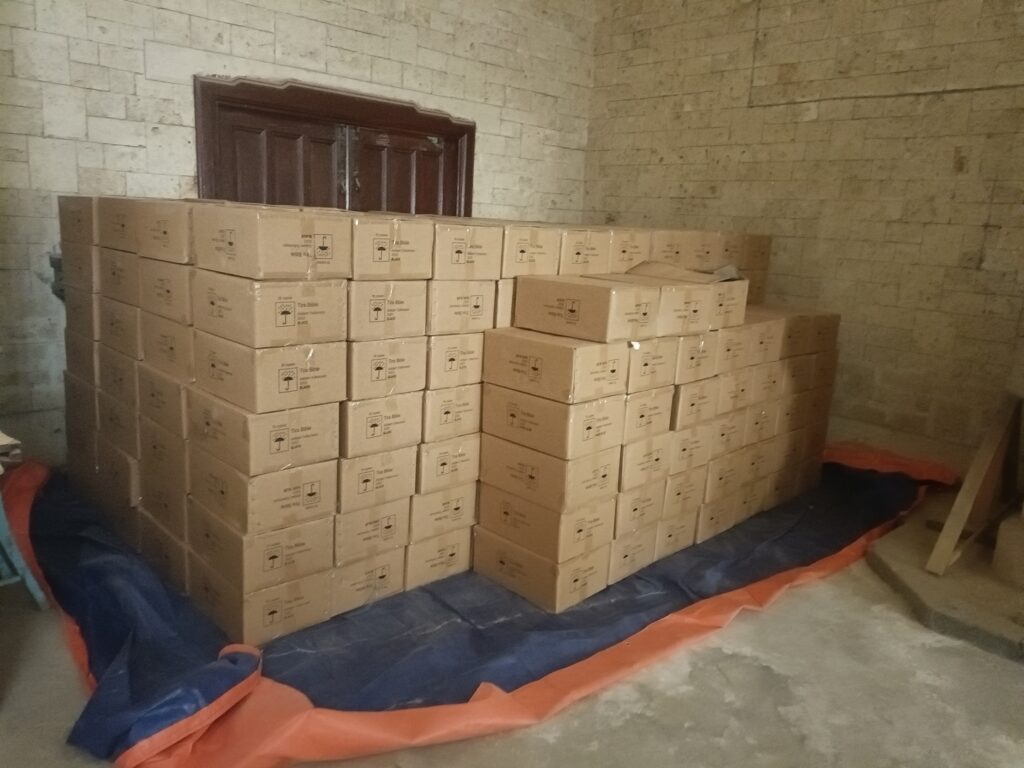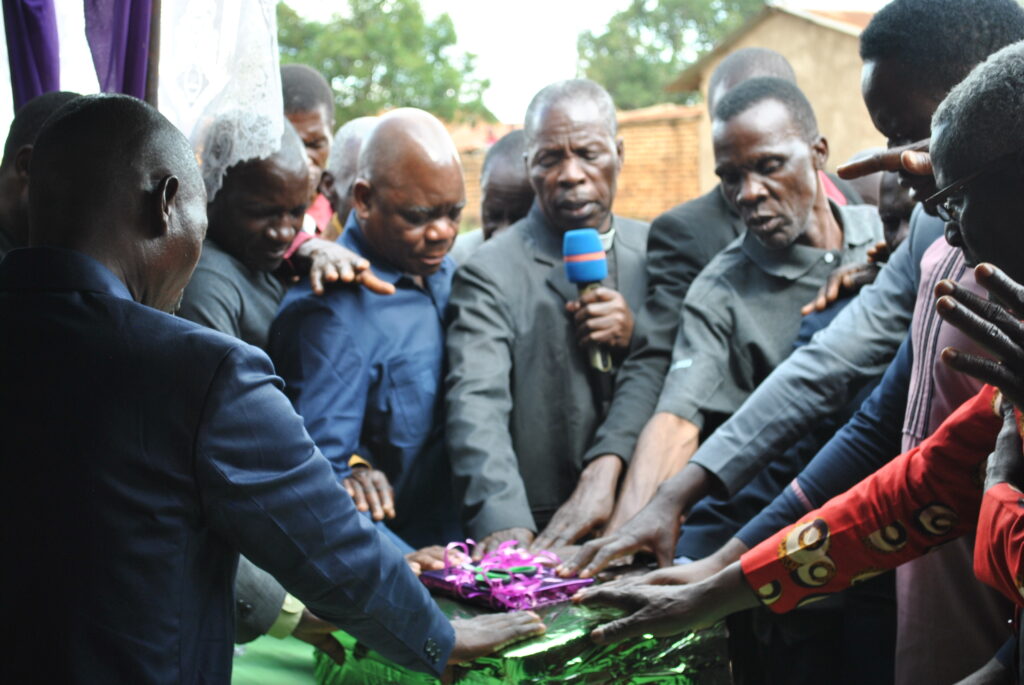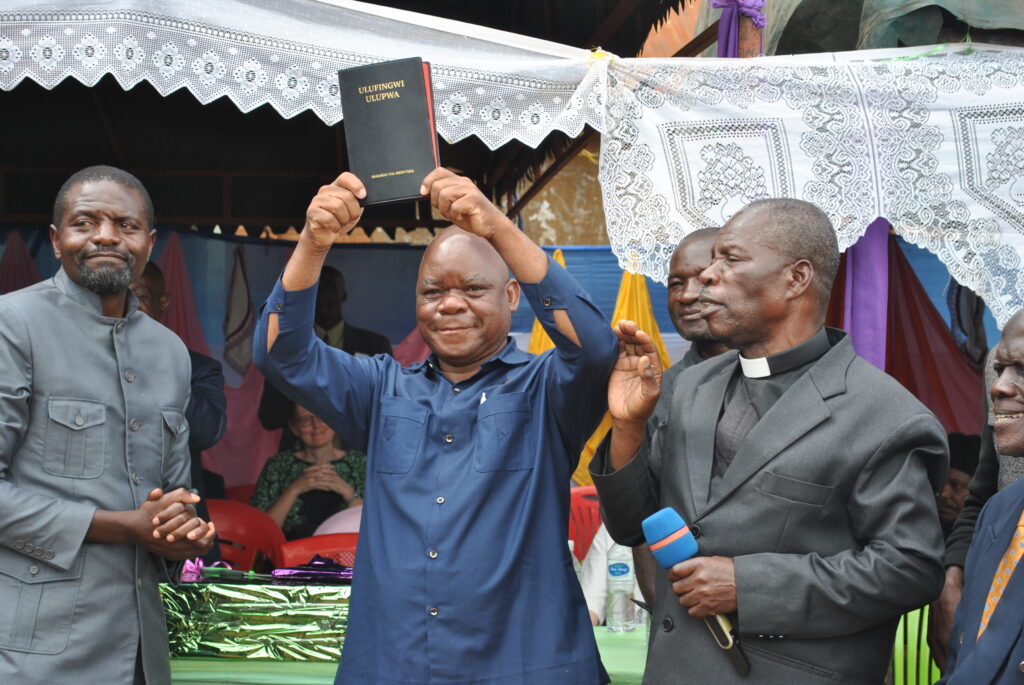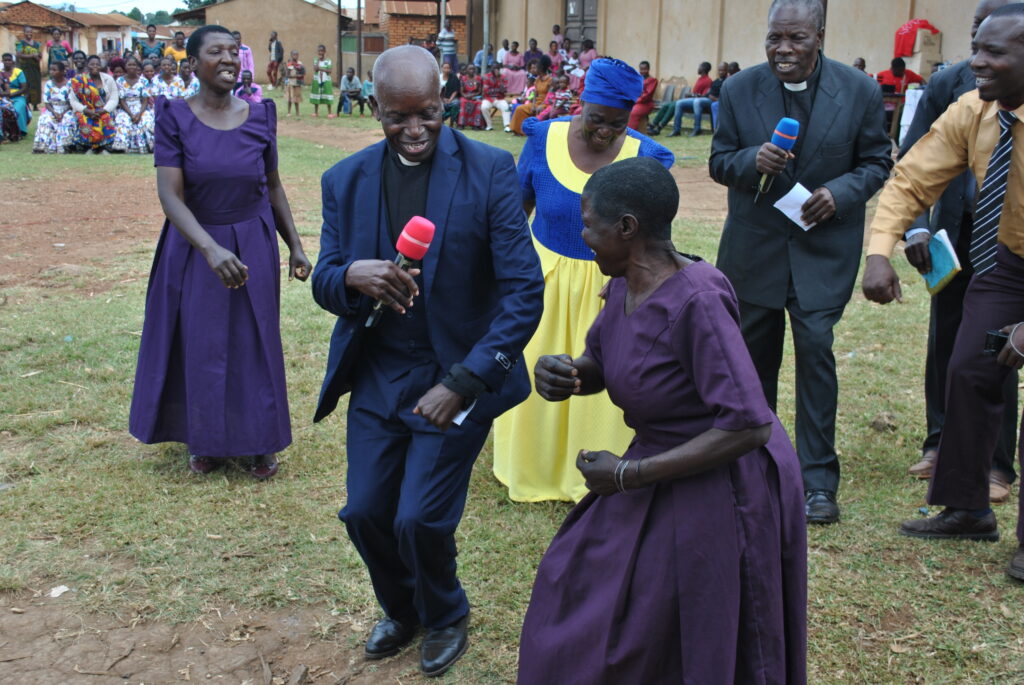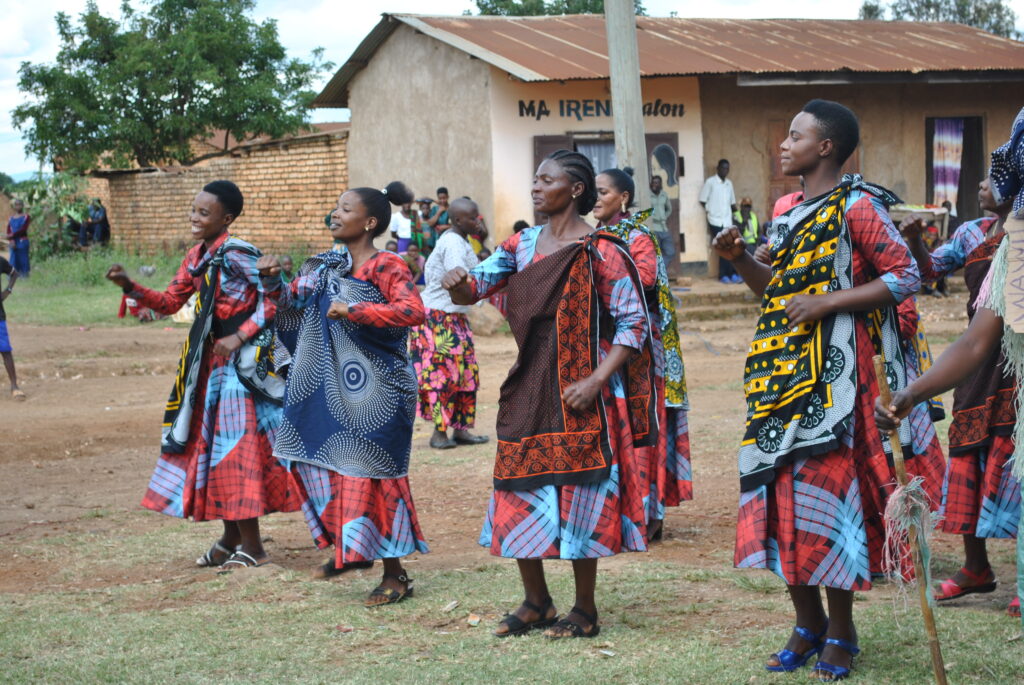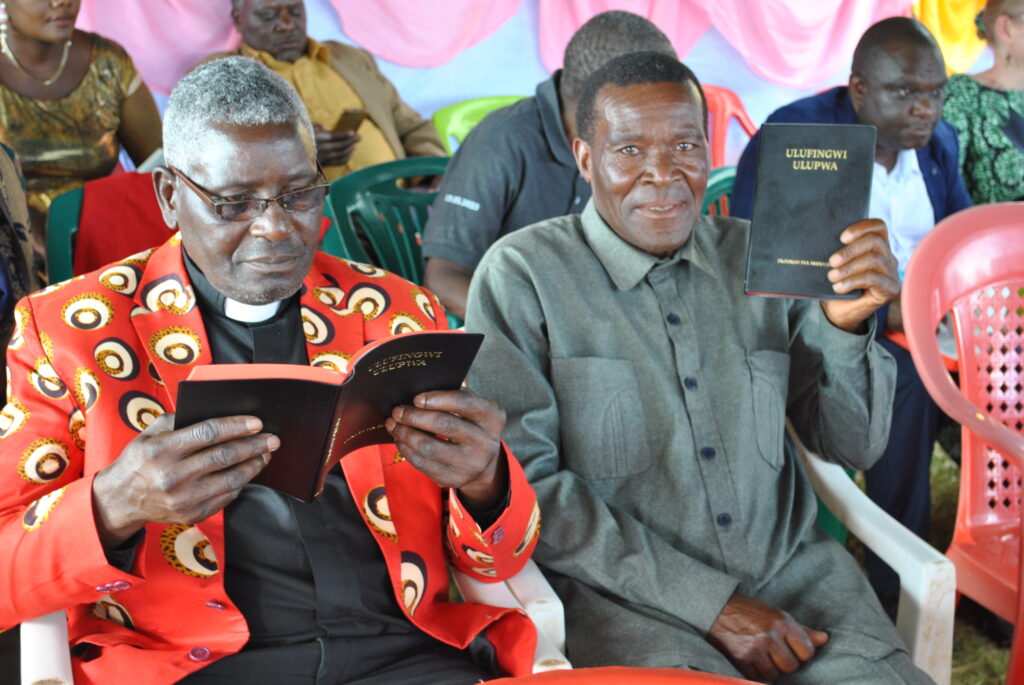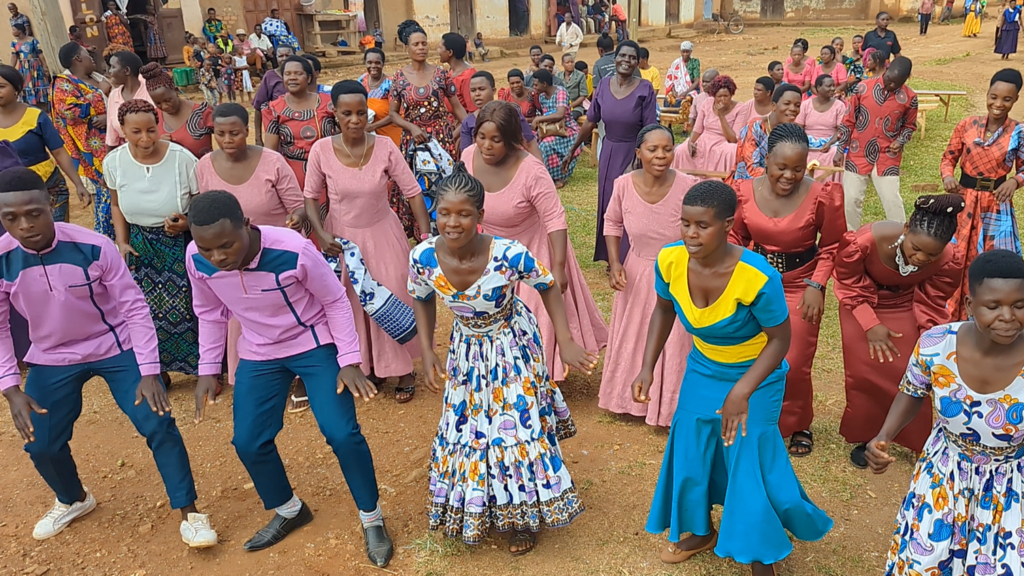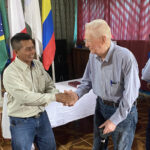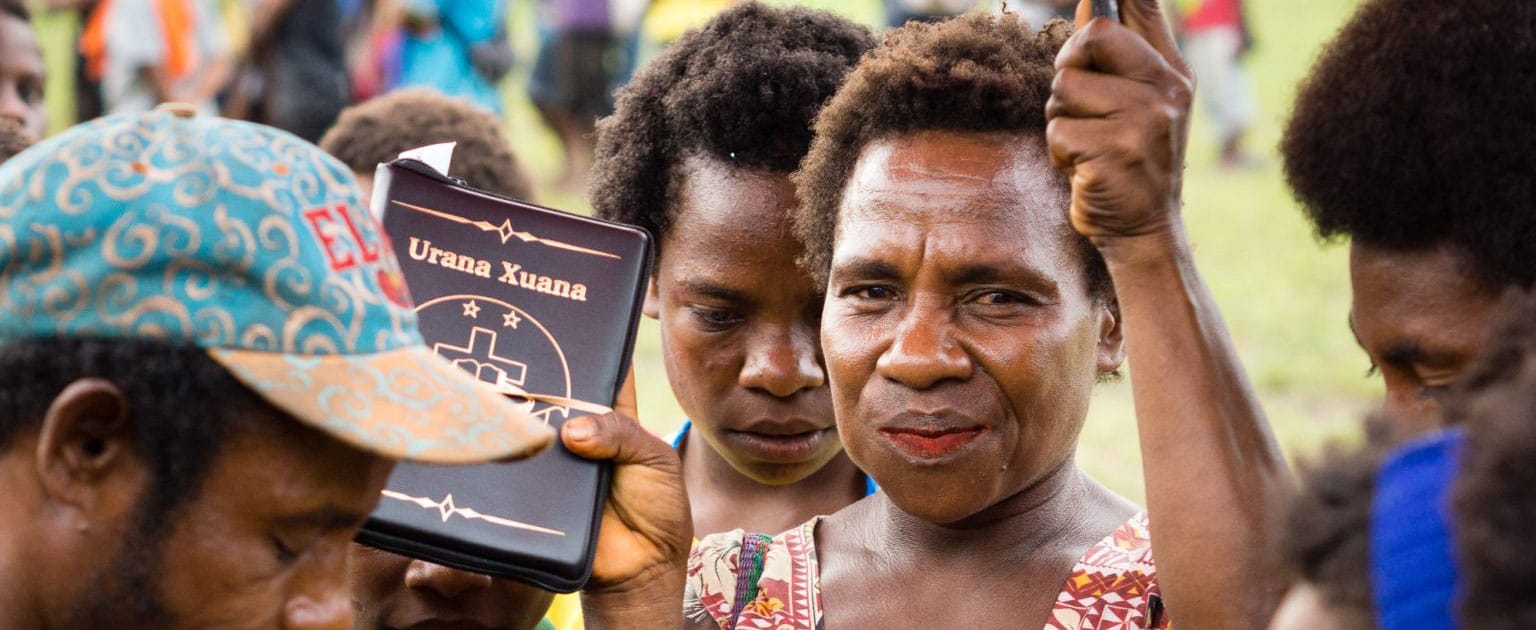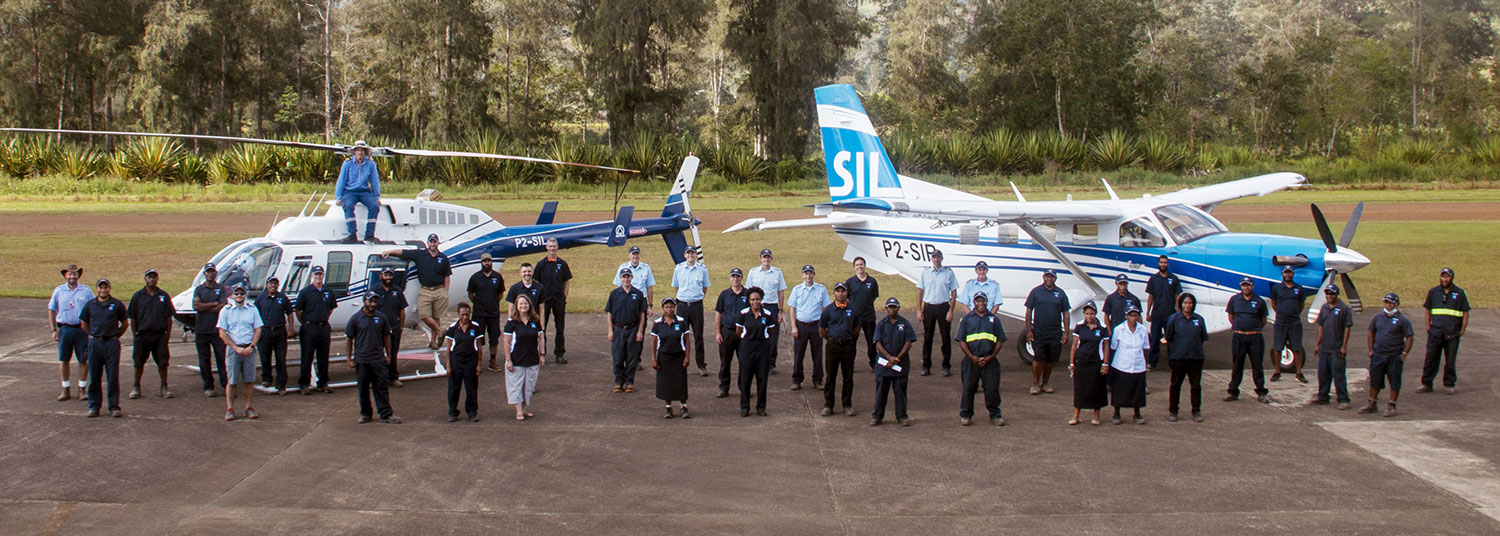“We Can’t Control the Rain”
For about 40 years, JAARS has taken Pre-Field Orientees to the North Carolina mountains to train. There, pilots learn how to fly airplanes in a unique, challenging terrain similar to areas where many of them will serve overseas.
Many of our partners overseas operate in mountainous terrain–Papua New Guinea, Peru, and Indonesia. And while some pilots have experience flying in mountain areas in their past, most do not or have very limited experience. This is why the three month Pre-Field Orientation culminates in mountain week. The five airplane pilot orientees will refine their skills with their instructors by flying onto unique, mountainous airstrips so they can excel in some of the most hard-to-reach places in the world.
Orientees and instructors will spend about ten days, weather-permitting, landing and departing from four different grass airstrips, each of which sharpens the pilots’ skills in unique ways:
Brown: Owned by a local farmer, it has a bump mid-field that will launch the aircraft into the air prior to flight speed, so pilots must manage their speed well. They also need to watch out for wind and trees.
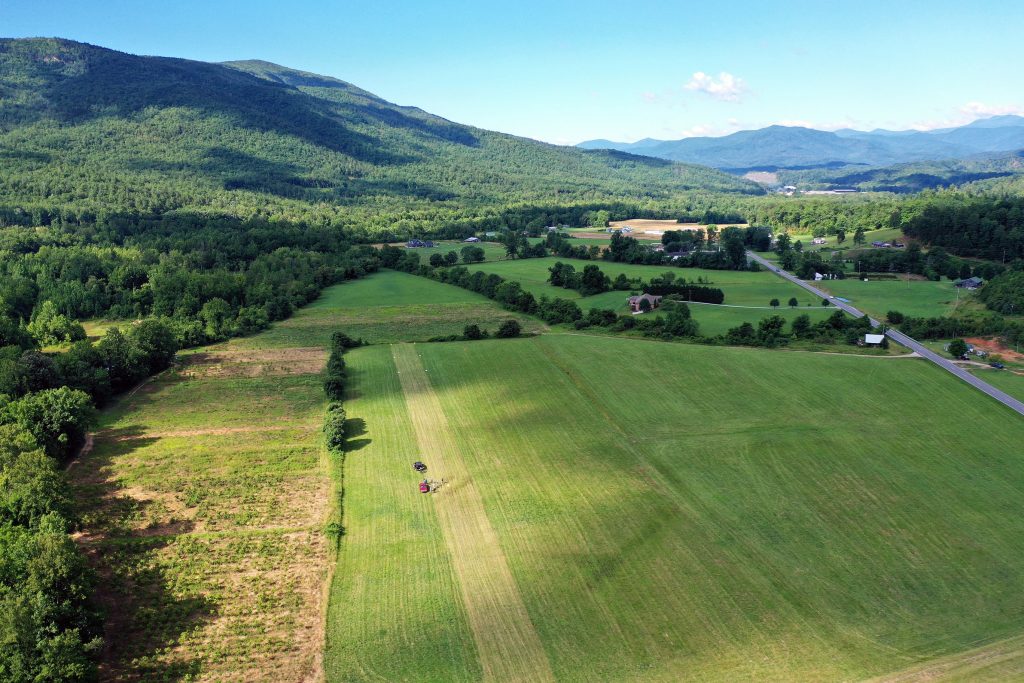
Brown Field
Friendship: Pilots can land in only one direction and turn around to depart the way they came in. The slope prevents a pilot from seeing the far end from takeoff position.
Avery Airport: Pilots must battle winds and fly in tight patterns due to rising terrain around the airport.
Strawberry: “This place is the crowning achievement of their training,” said Bryan Jones, the former initial training coordinator at JAARS who now serves in Papua New Guinea as a pilot. “When you see [the runway], especially from the air, it’s intimidating. A lot of pilots get understandably nervous. We want to get them in here to get the experience of [taking off from and landing on] the steep slope.” This airstrip drops off on both sides, is one-way, and has visual illusions due to the slope’s steepness. The pilots don’t tackle this airstrip until the end of their 10 days. When they do, local residents bring cookies and drinks and sit in lawn chairs to watch the show.
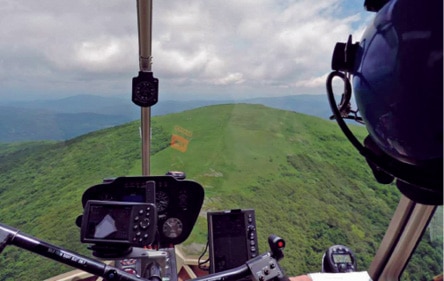
The instructors don’t let their students immediately soar off alone down these demanding airstrips. They take each student—one at a time—and demonstrate how to do the landing and takeoff correctly several times. Then they fly with the student until the student is confident before letting the student fly alone. “It builds a lot of confidence in them, because these airstrips are quite challenging. It’s good prep for them,” David Kooistra, a maintenance instructor, said.
The goal is to have the students fly solo at all the different airstrips. Rain, however, is their usual enemy. The instructors were not able to leave this year when they wanted, and rain is forecast all through the week. But because many of the places where these pilots will serve are tropical, rain is something they will have to learn to plan around.
Most of these orientees have flown on paved airstrips, where rain is not an issue. In that world, the pilot can plan, “Today, I’m going to fly there,” and undoubtedly will. Whereas when the pilots fly small planes using grass airstrips, the attitude becomes, “You might fly there if everything goes right.” David and the other instructors told the orientees they need to do everything in their power to be ready to go if the weather permits, but they can’t control it. “I don’t know how many times we were told, ‘tomorrow this plane has to go,’” David remembers when he worked as a mechanic in Peru and the Philippines. “We worked late into the night trying to get a plane ready. And the next day, it’d be pouring rain. So we sat around doing nothing, but we had done everything we could. We can’t control the rain.”
Pray with us for the eight men and their instructors who will leave this week for mountain week. Pray for patience and safety and that they’re able to use the skills they acquire to deliver God’s Word in the most remote places on earth!


